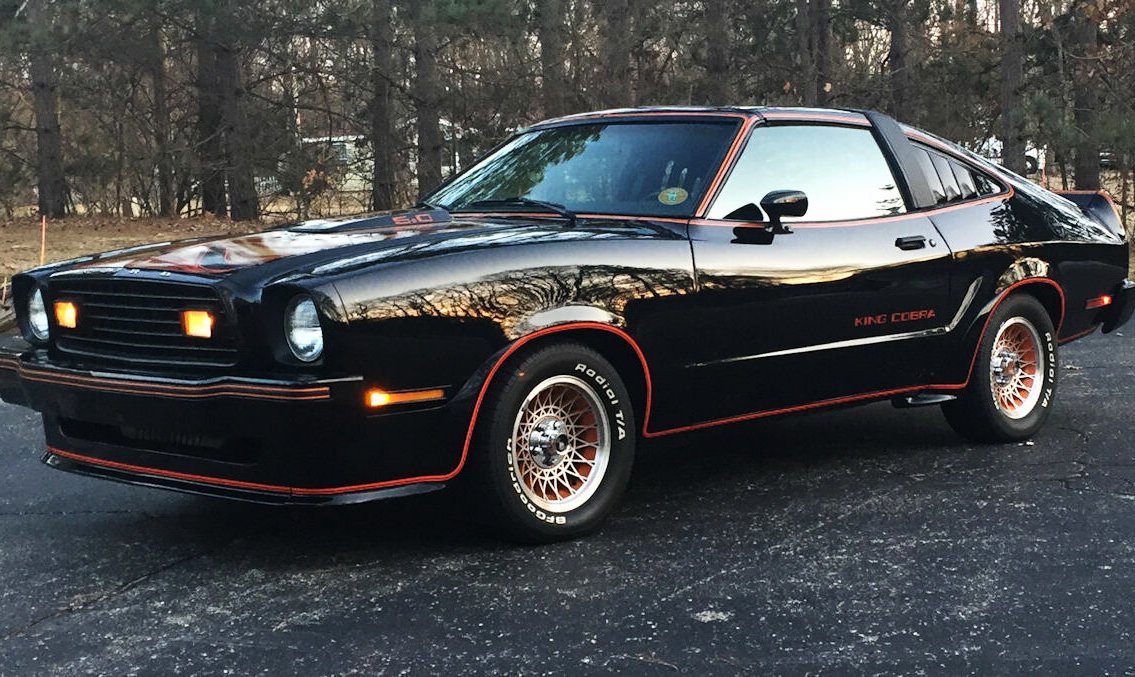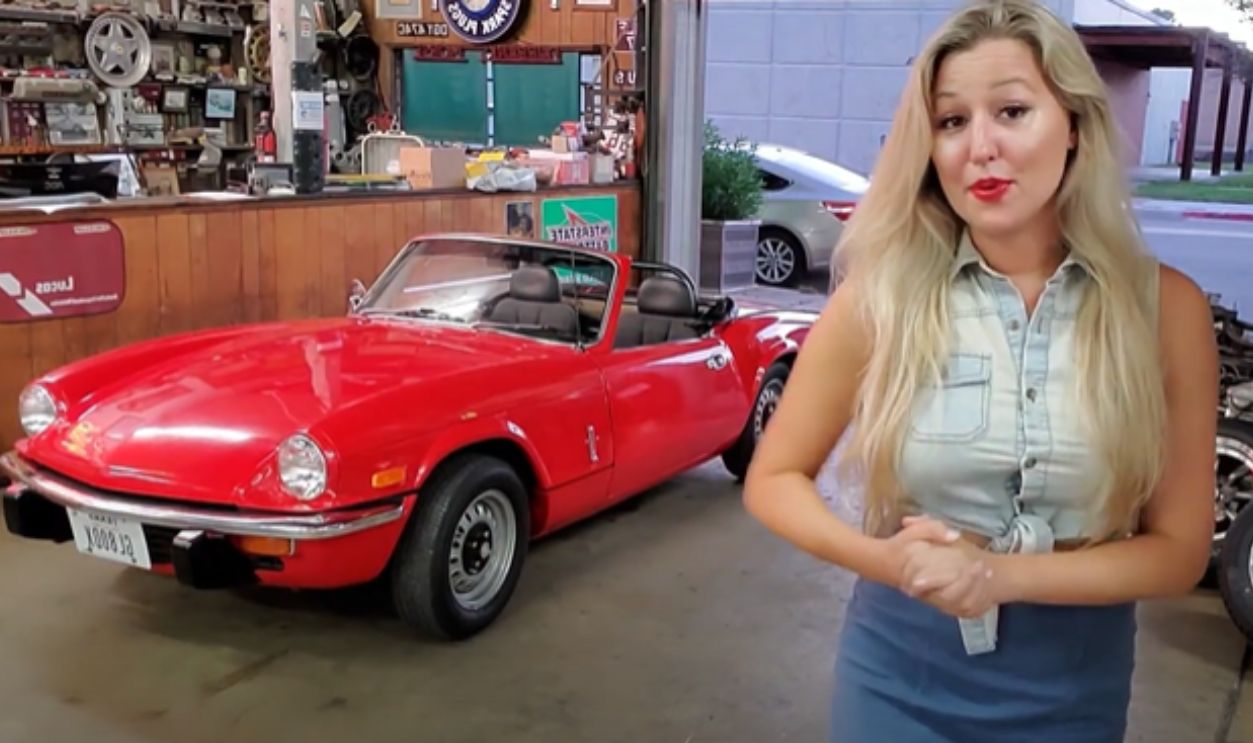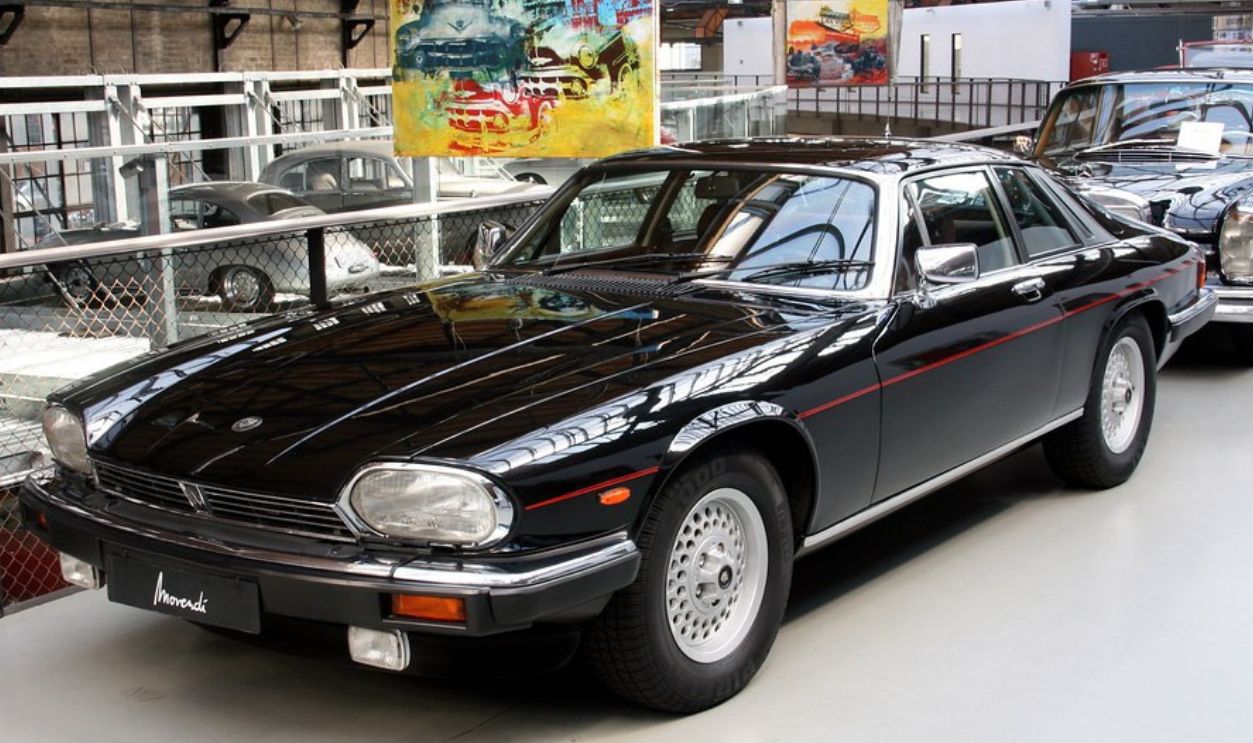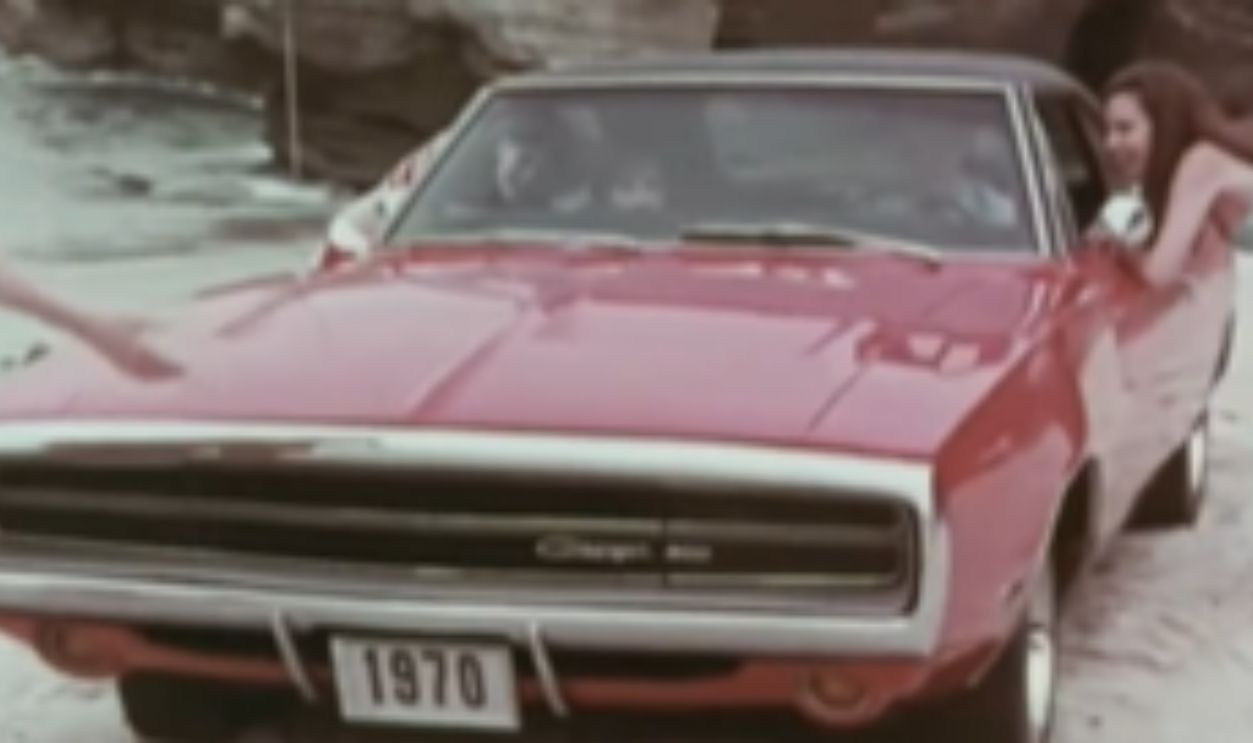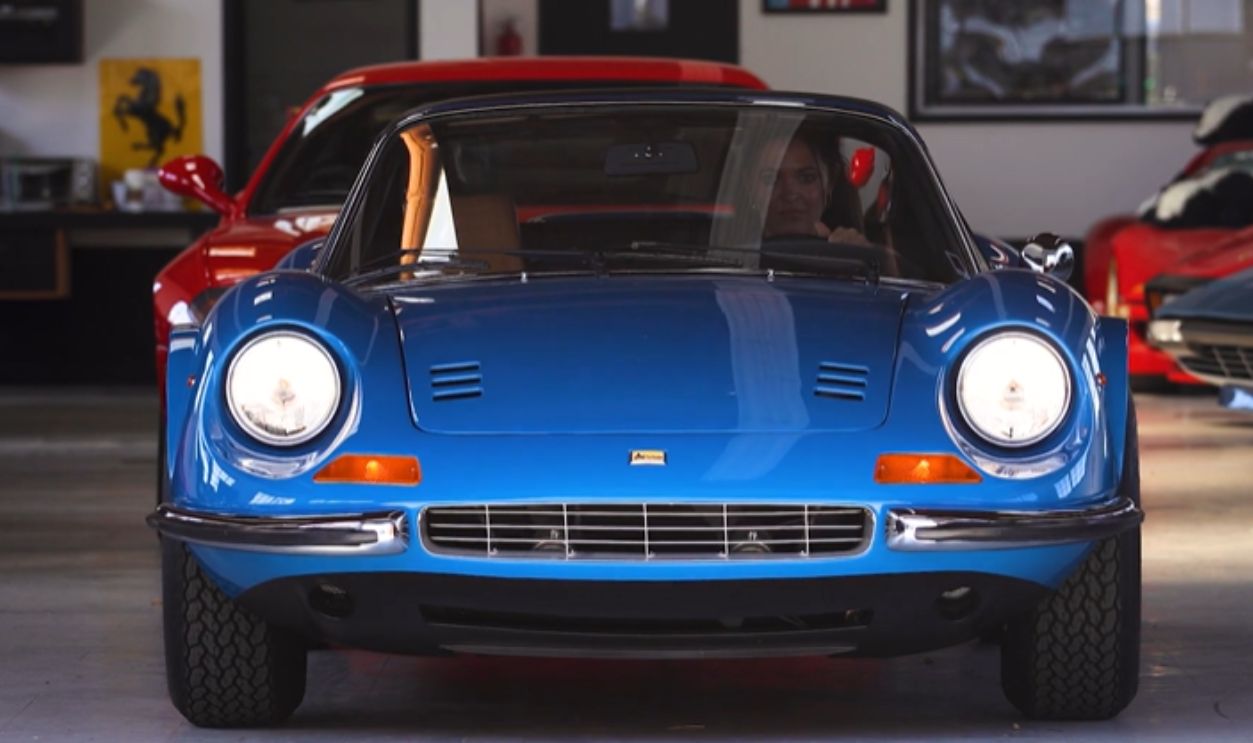Driving Queens
Each of these beauties tells a story of an era when cars and women's changing lifestyles created partnerships on the open highway. What a spectacle it must've been to see those divas take on these masterpieces!
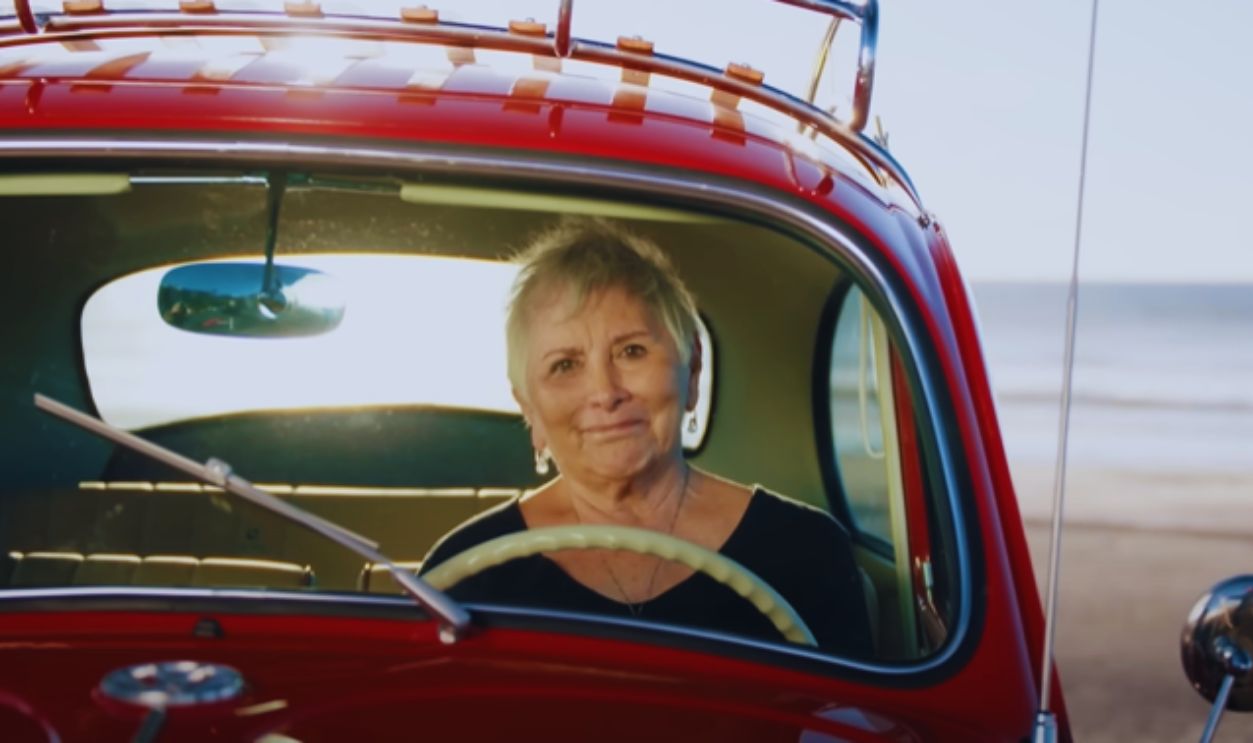
Ford Mustang II Cobra
The Ford Mustang II Cobra, especially the King Cobra version, is a pretty cool, compact ride from the Mustang lineup made back in the 1970s. Women loved it because it was stylish AND easy to handle.
Ford Mustang II Cobra (Cont.)
This engine configuration allowed it to produce around 139 HP at 3600 rpm and deliver a maximum torque of 339 nm (250 lb-ft) also at 3600 rpm. The engine employed a single carburetor system, specifically a Motorcraft carburetor.
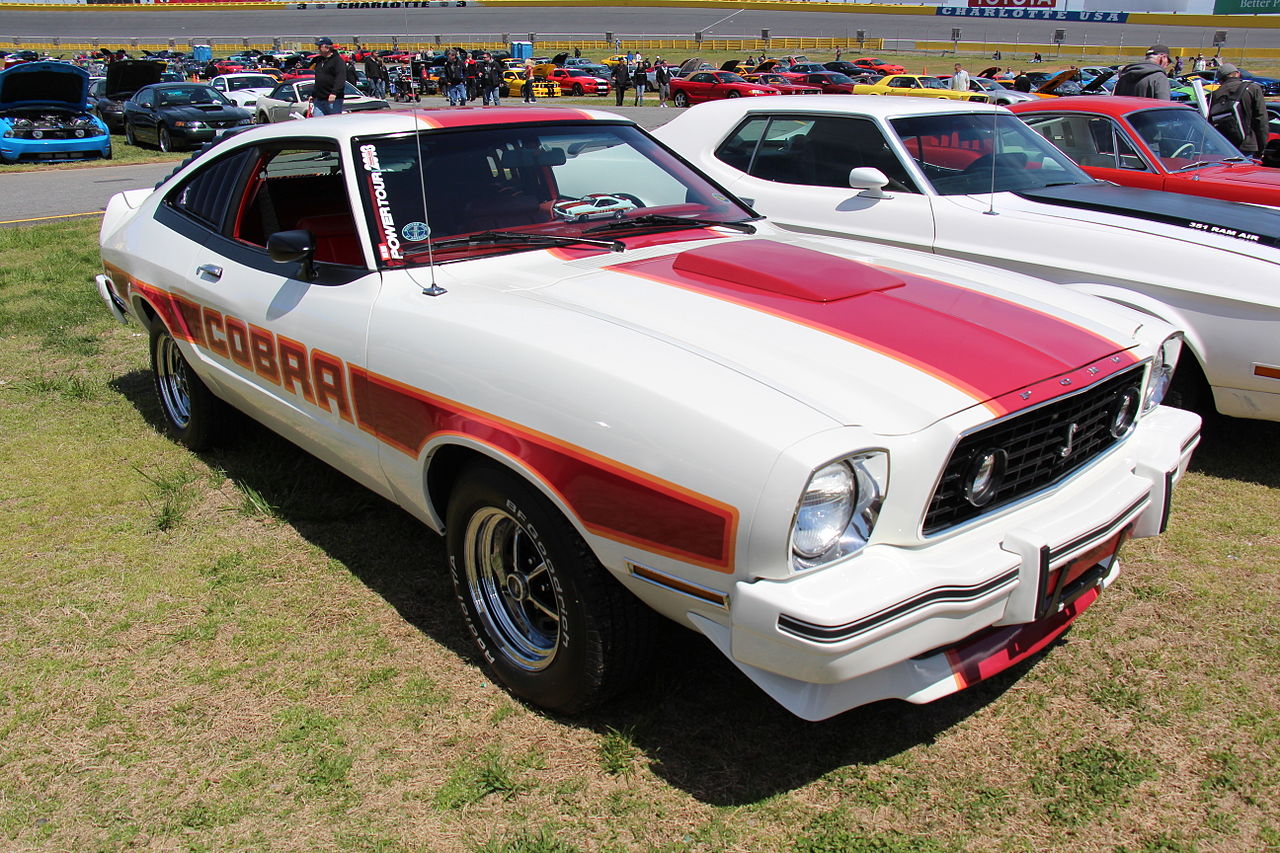 Sicnag, CC BY 2.0, Wikimedia Commons
Sicnag, CC BY 2.0, Wikimedia Commons
Pontiac Firebird (1970–1981)
Let's have a look at this classic American muscle car. The first-generation Firebird was launched in 1967 as a response to the growing pony car market, while the second generation (1970–1981) introduced more aggressive styling and improved performance.
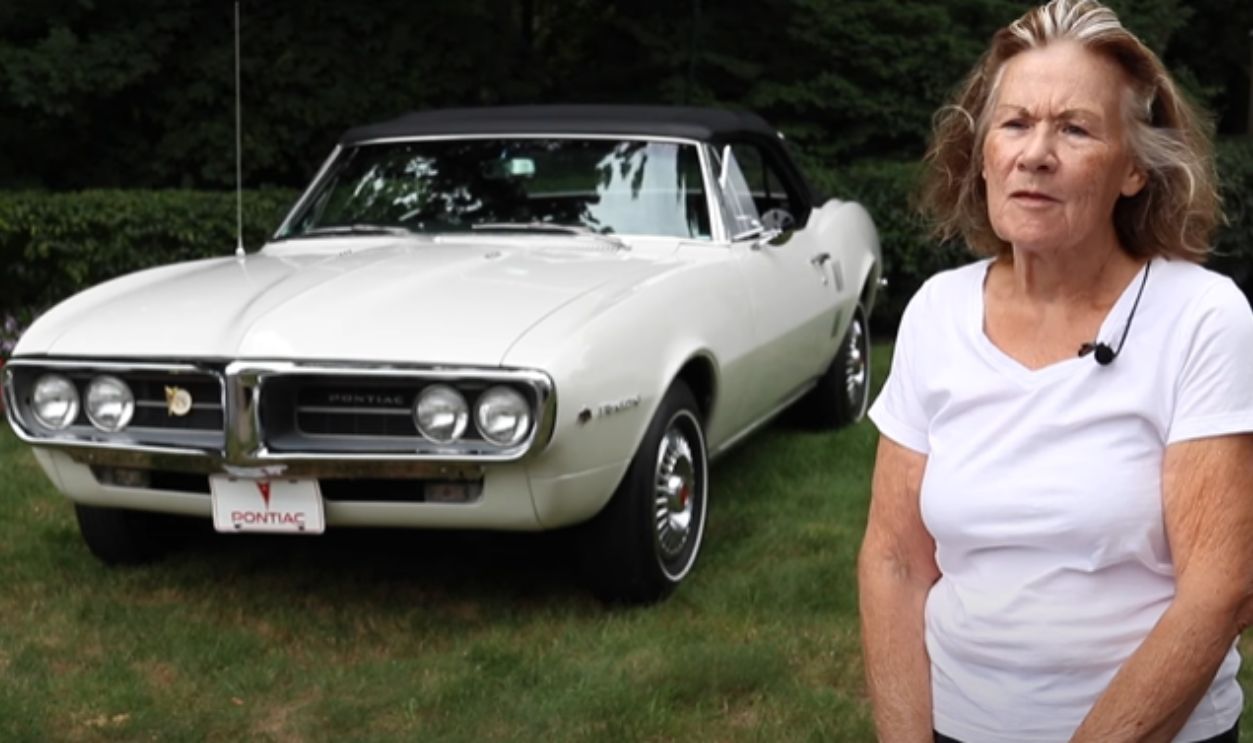 Honeymoon Isn't Over For Owner Of 1967 Pontiac Firebird by RIDE-CT - Classic Cars and Motorcycles
Honeymoon Isn't Over For Owner Of 1967 Pontiac Firebird by RIDE-CT - Classic Cars and Motorcycles
Pontiac Firebird (1970–1981) (Cont.)
The base model had a 250 cu in (4.1 L) inline-six engine, but if you went for the Firebird Esprit or Formula models, you could get a V8. One of the V8 options was a 350-cu in engine that put out 255 horsepower.
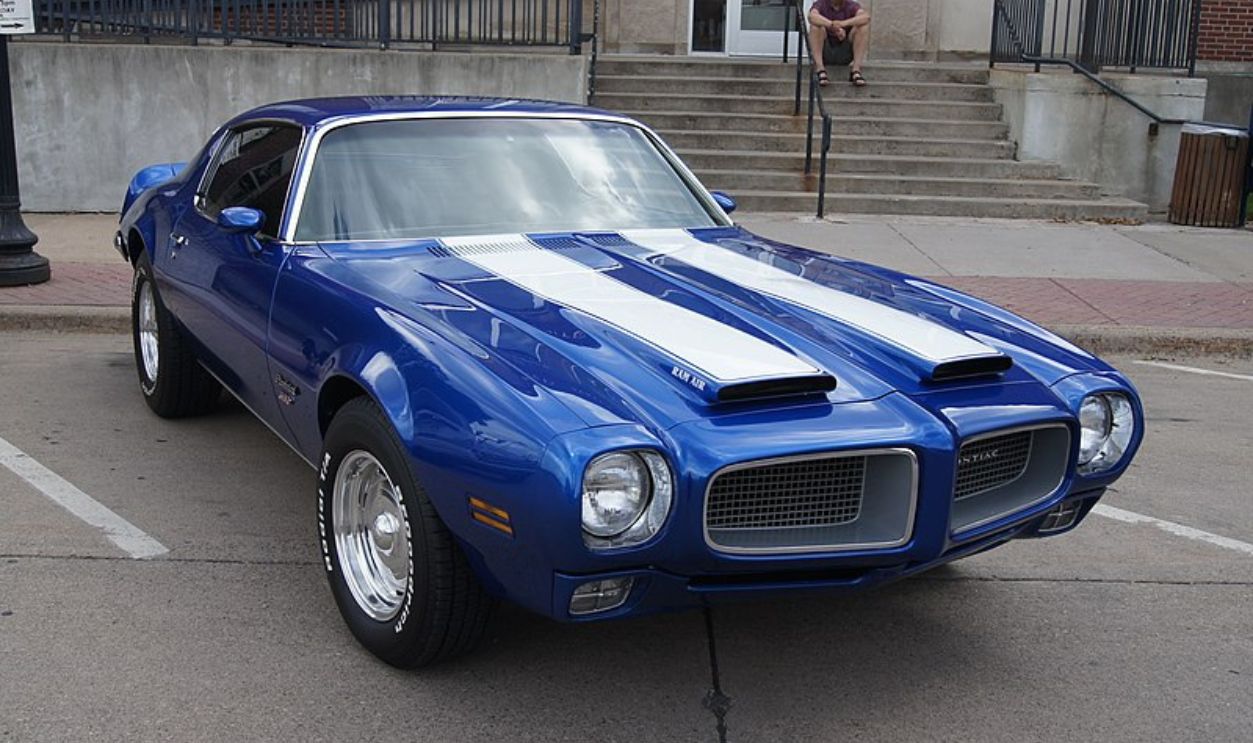 Greg Gjerdingen from Willmar, USA, CC BY 2.0, Wikimedia Commons
Greg Gjerdingen from Willmar, USA, CC BY 2.0, Wikimedia Commons
Triumph Spitfire IV
This model featured a 4-speed manual transmission with rear-wheel drive (RWD). The vehicle's curb weight was around 1,650 lbs (748 kg), which made it relatively lightweight and agile on the road. It was designed as a two-seater convertible. And women loved convertibles (they still do).
Triumph Spitfire IV (Cont.)
As a classic British sports car, the Triumph Spitfire IV had a 1.3-liter inline-four engine, churning out about 61 horsepower at 5500 rpm and a maximum torque of 67 lb-ft at the same RPM. This beast was in production from 1970 to 1974.
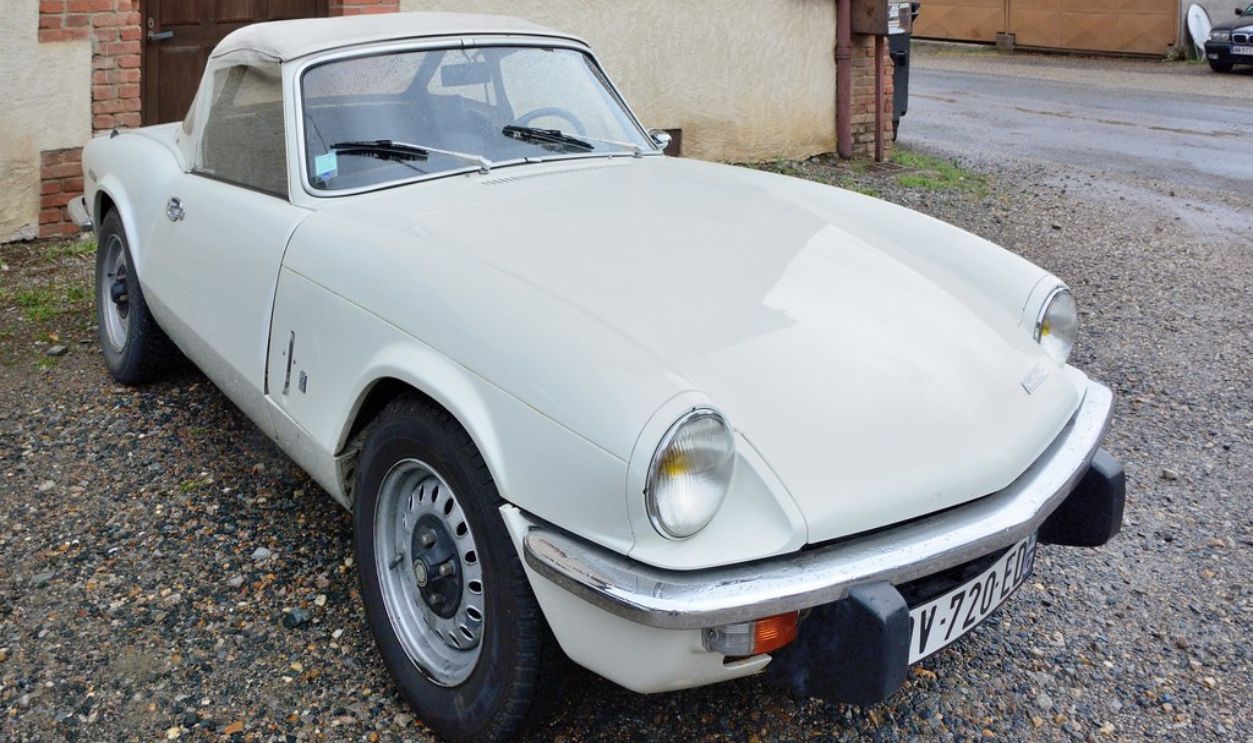 In Memoriam: Gilles Péris y Saborit, Flickr
In Memoriam: Gilles Péris y Saborit, Flickr
1970 Ford Mustang
Here is a highly sought-after vehicle among collectors and enthusiasts. The car used to be available as a hardtop, fastback, convertible, and the performance-oriented Mach 1 and Boss variants. It had an overall length of 187.4 inches.
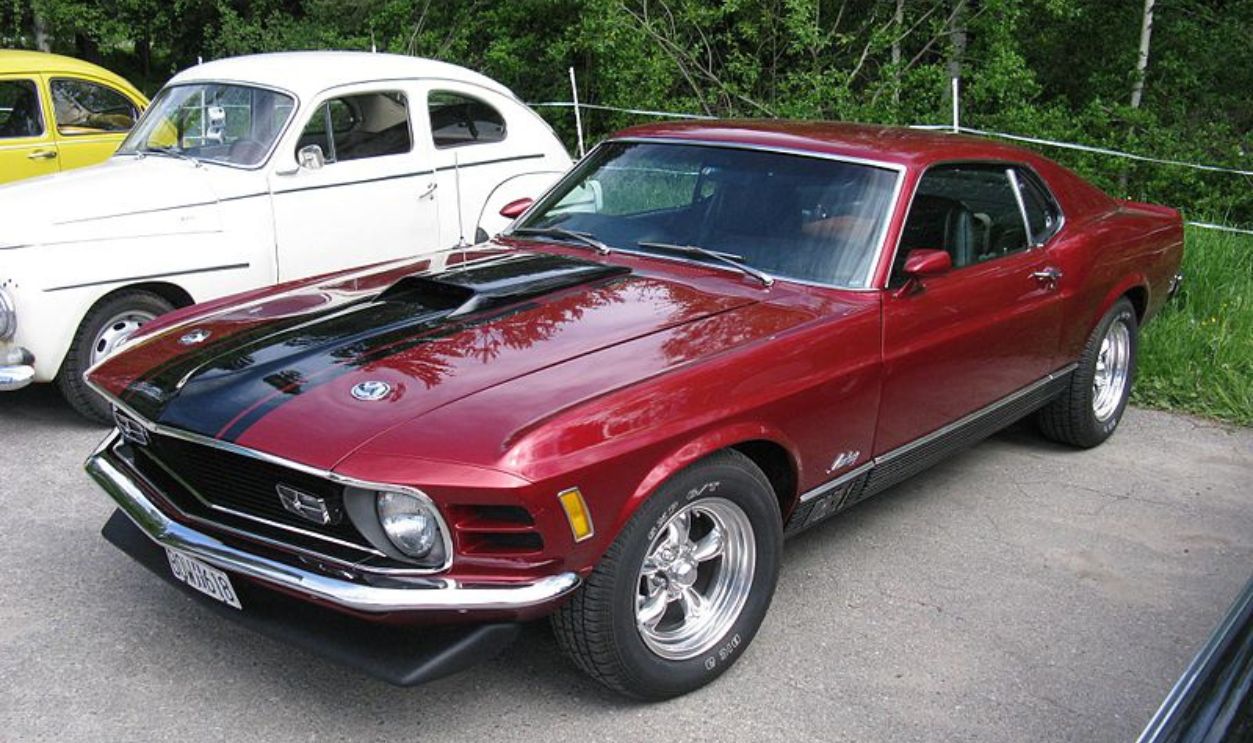 nakhon100, CC BY 2.0, Wikimedia Commons
nakhon100, CC BY 2.0, Wikimedia Commons
1970 Ford Mustang (Cont.)
The base engine for this one was the 200 cubic inch (3.3 L) inline-six, which produced 120 horsepower at 4400 RPM. For slightly more power, buyers could opt for the 250 cubic inch (4.1 L) inline-six, which gave about 155 horsepower.
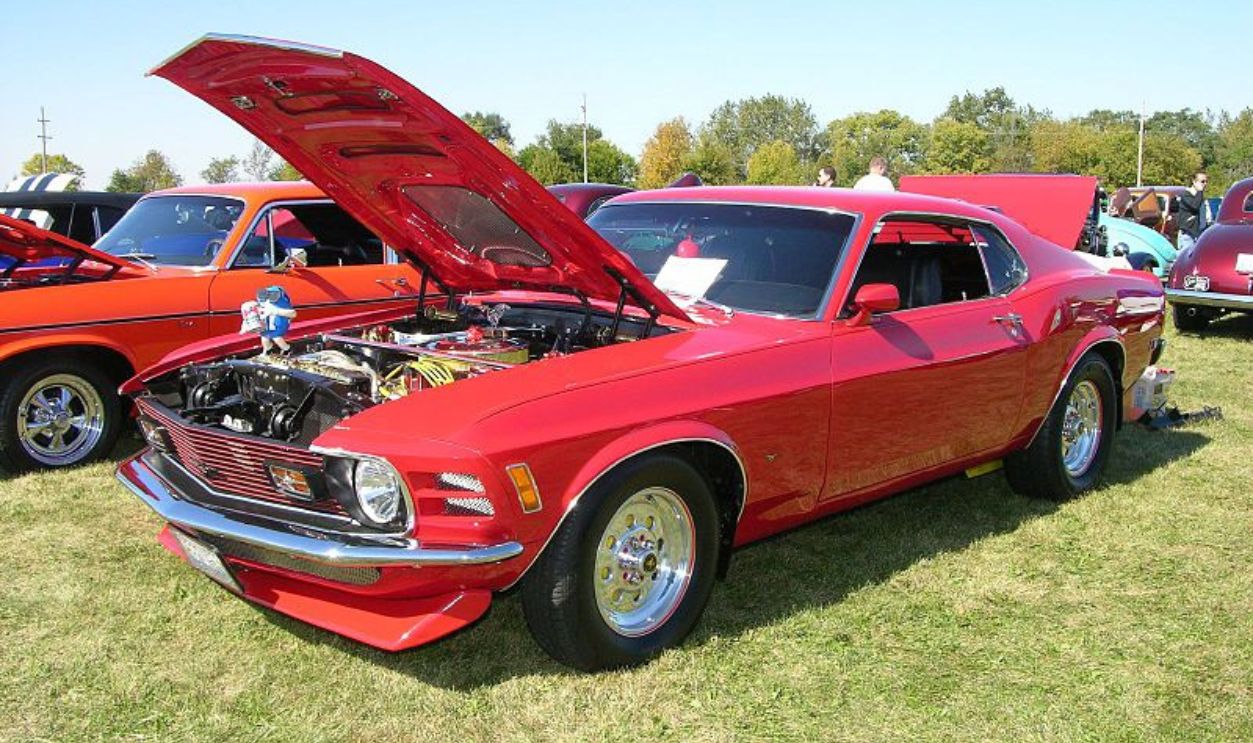 D. Miller from IL. USA, CC BY 2.0, Wikimedia Commons
D. Miller from IL. USA, CC BY 2.0, Wikimedia Commons
1974 Sunbeam Rapier
The 1974 Sunbeam Rapier was part of the H120 series and featured a slick fastback coupe design. It showed up with a 1.7-liter (1725 cc) inline-four engine that pumped out about 93 hp at 5200 RPM.
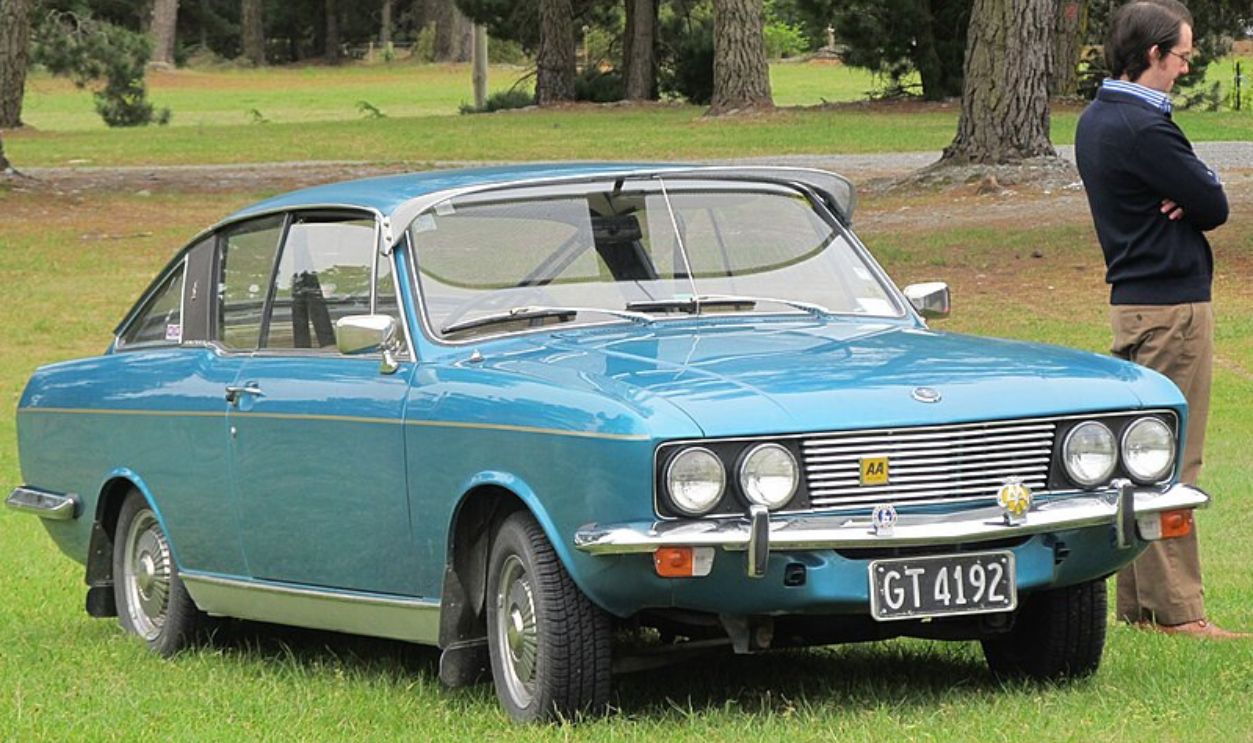 Riley from Christchurch, New Zealand, CC BY 2.0, Wikimedia Commons
Riley from Christchurch, New Zealand, CC BY 2.0, Wikimedia Commons
1974 Sunbeam Rapier (Cont.)
This engine's highest torque output of about 144 nm (106 lb-ft) was sufficient for fast driving. The vehicle was also equipped with a manual 5-speed transmission. Inside, it provided a seating arrangement for four passengers, with vinyl upholstery. It was comfortable, and perhaps that's why it was loved by all.
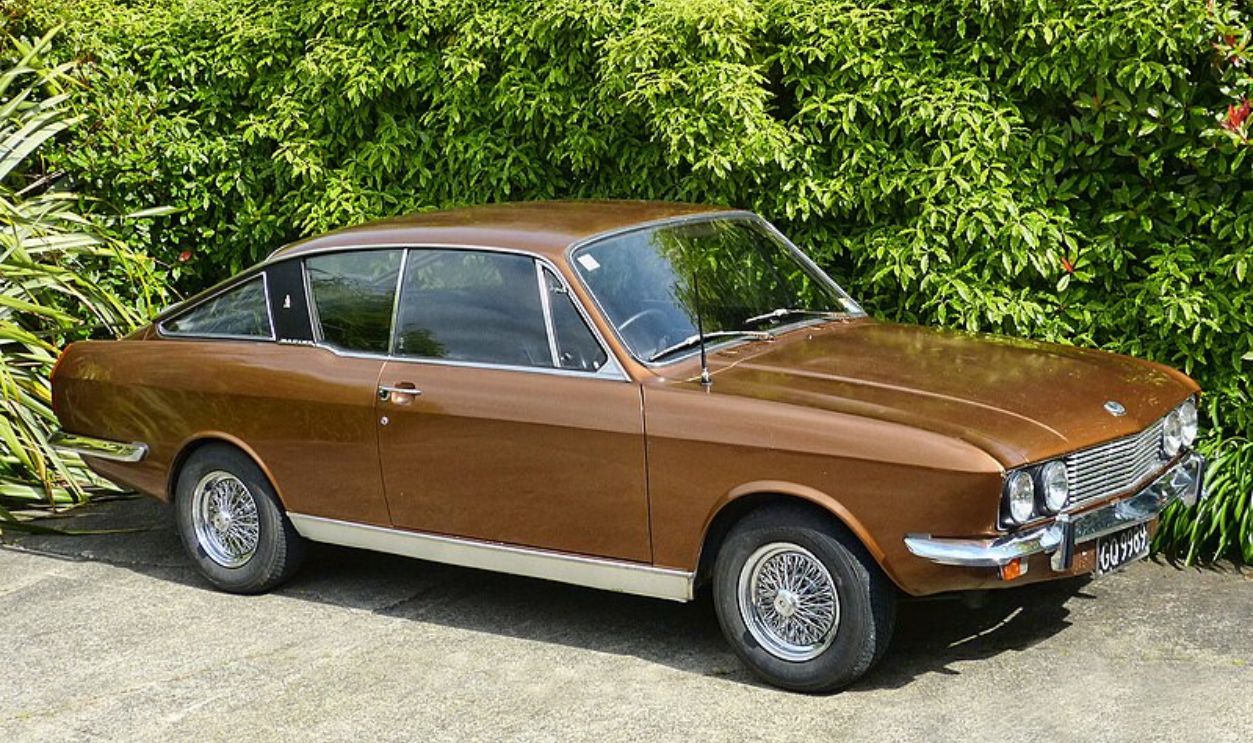 Sid Mosdell from New Zealand, CC BY 2.0, Wikimedia Commons
Sid Mosdell from New Zealand, CC BY 2.0, Wikimedia Commons
Datsun Cherry 100A
The Datsun Cherry 100A, which you might also hear called the Nissan Cherry in certain places, is a subcompact car that Nissan made between 1970 and 1977. It was available in two-door and four-door sedans, three-door hatchbacks, and two-door coupes.
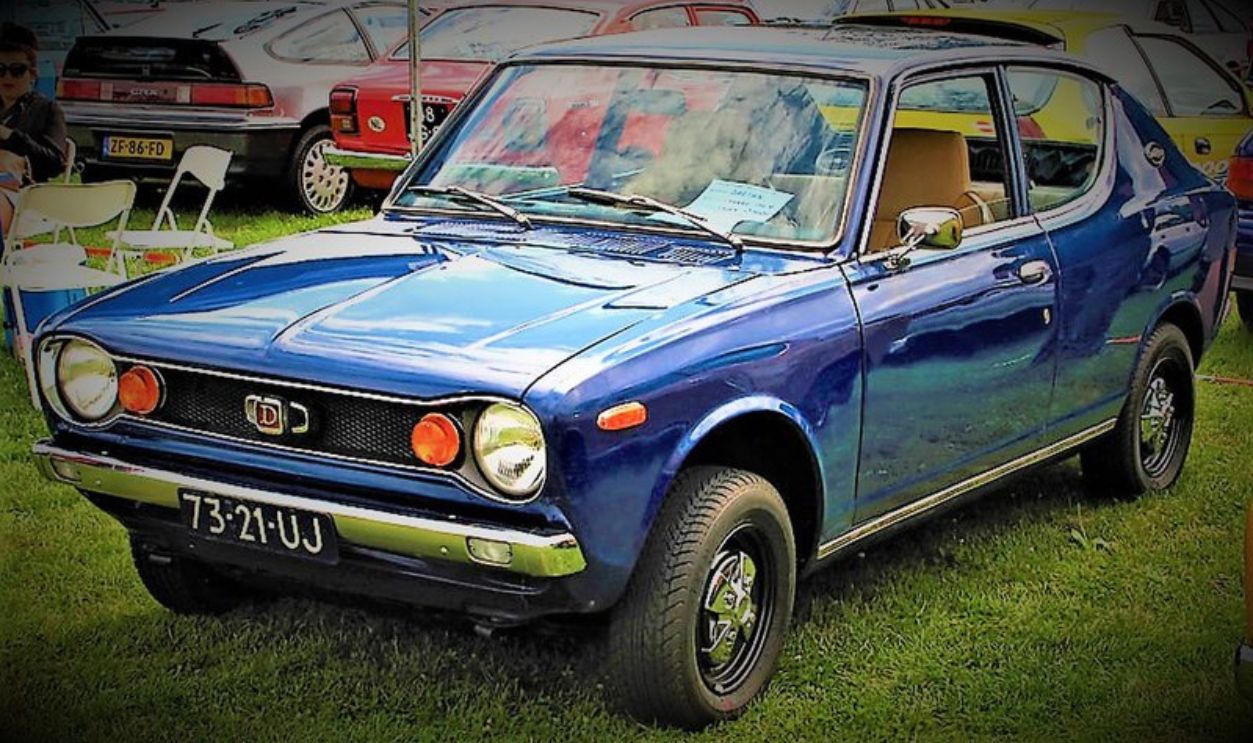 Ultragamer2009, CC BY-SA 4.0, Wikimedia Commons
Ultragamer2009, CC BY-SA 4.0, Wikimedia Commons
Datsun Cherry 100A (Cont.)
This vehicle could reach speeds of around 85-87 mph (136-140 km/h) while offering good fuel economy. Its consumption figures ranged from 7.4 to 10.3 liters per 100 km. The Datsun 100A also utilized a single overhead cam configuration fed by a carburetor.
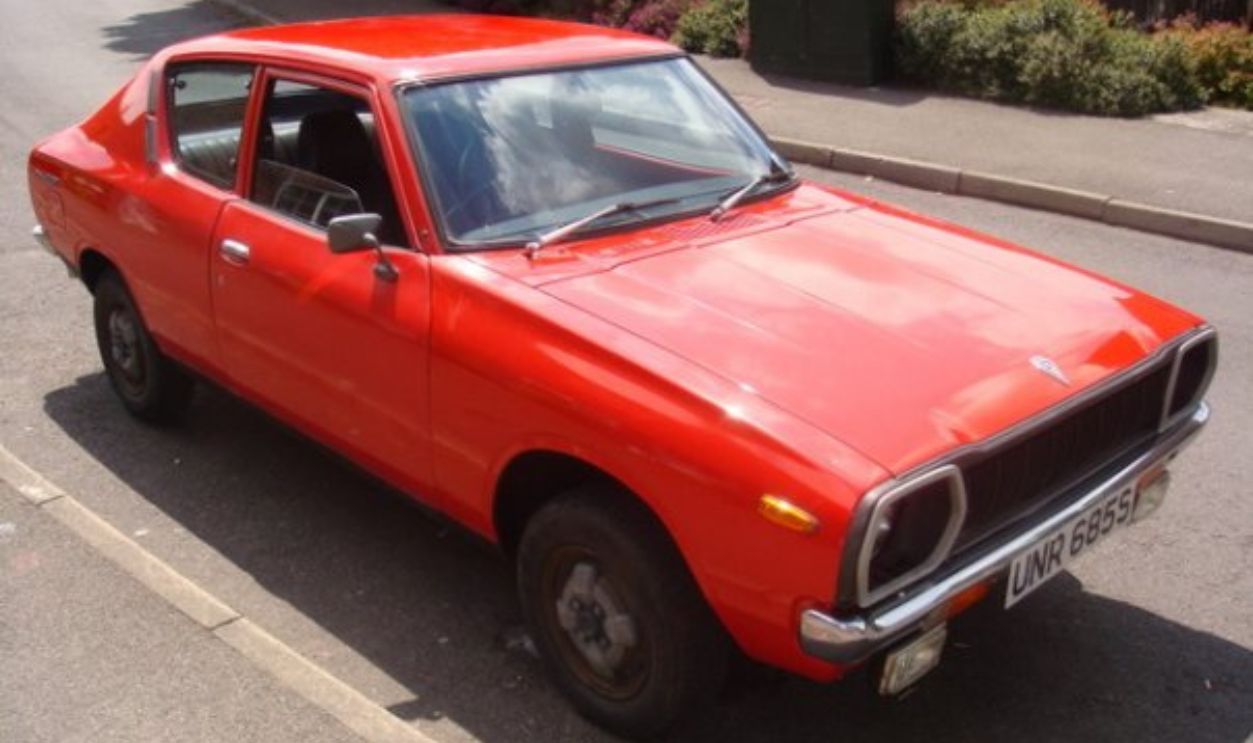 Johnnysomersett, Wikimedia Commons
Johnnysomersett, Wikimedia Commons
1976 Jaguar XJ-S
The 1976 Jaguar XJ-S was a top-tier sports coupe that was a major addition to the Jaguar roster. Women loved the classy styling, which was initially penned by Malcolm Sayer, known for his work on the E-Type. However, it was completed by Jaguar's in-house design team after his passing.
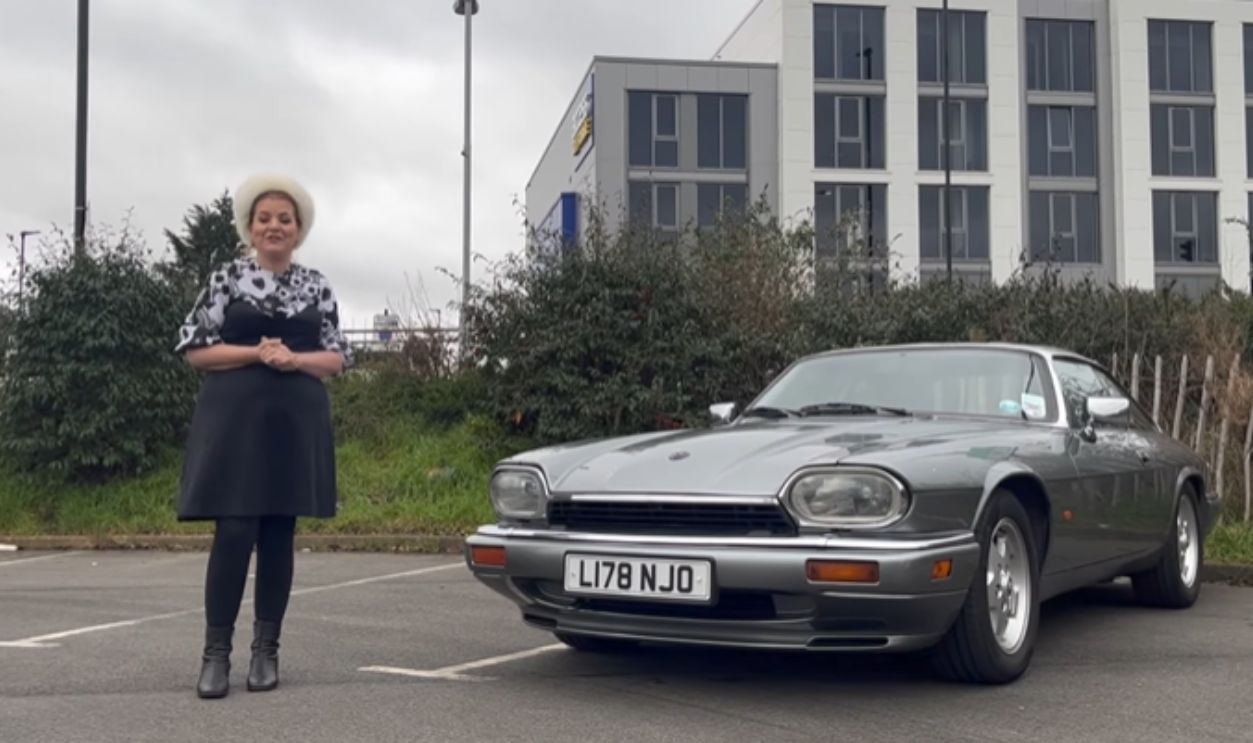 Jaguar XJS - the best Jaguar car ever made? by idriveaclassic
Jaguar XJS - the best Jaguar car ever made? by idriveaclassic
1976 Jaguar XJ-S (Cont.)
The 5.3-liter (5343 cc) V12 engine that drove the 1976 model leaves about 272 horsepower (202 kW) and 304 lb-ft of torque. Because of its strong performance, the XJ-S could go up to 60 miles per hour in 7.8 seconds.
Austin-Healey Sprite
The Austin-Healey Sprite was often referred to as the "Frogeye" or "Bugeye" due to its distinctive headlight placement. It was produced from 1958 until 1971 with a two-door roadster layout. The early models, particularly the Mark I (AN5), were characterized by their "Frogeye" appearance.
![]() Classic Car Live Draw - 1958 Austin-Healey 'Frogeye' Sprite by Bridge Classic Cars
Classic Car Live Draw - 1958 Austin-Healey 'Frogeye' Sprite by Bridge Classic Cars
Austin-Healey Sprite (Cont.)
This car originally came set with a 948 cc (0.9 L) A-Series inline-four engine, producing around 43 horsepower. Over the years, engine options evolved, with later models featuring a larger 1275 cc (1.3 L) engine for better power output.
1986 Ford Fiesta Finesse
One vehicle from the second generation of the Ford Fiesta was the 1986 Ford Fiesta Finesse. The Fiesta Finesse was available with several engine options. One was the 1.0-liter (957 cc) Inline-Four Engine, with a power output of 33 kW (45 hp).
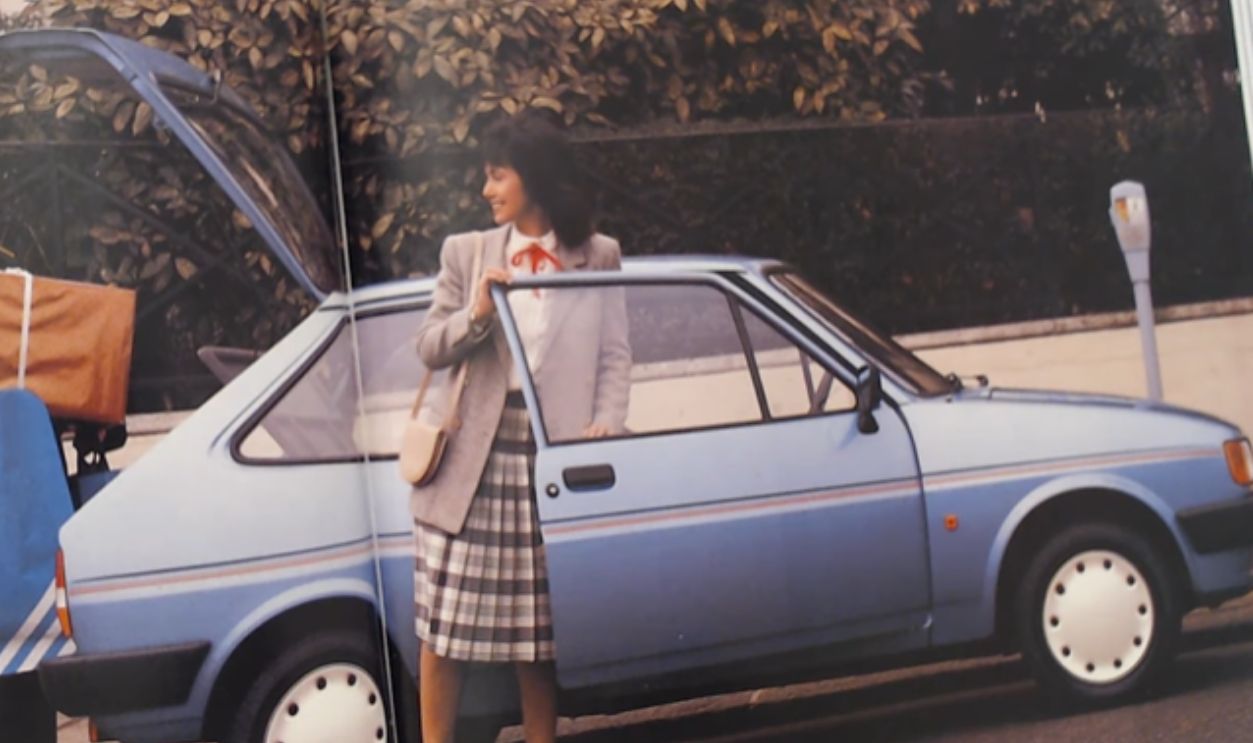 Hidden Gems: The 1987 Ford Fiesta 'Finesse' Special Edition Quarter Light
Hidden Gems: The 1987 Ford Fiesta 'Finesse' Special Edition Quarter Light
1986 Ford Fiesta Finesse (Cont.)
The Fiesta Finesse typically came with a 4-speed manual transmission. The top speed for the 1.0-liter variant was declared to be around 90 mph (145 km/h). Ultimately, it was a practical city car for city girls because of its easy maneuverability in tight spaces.
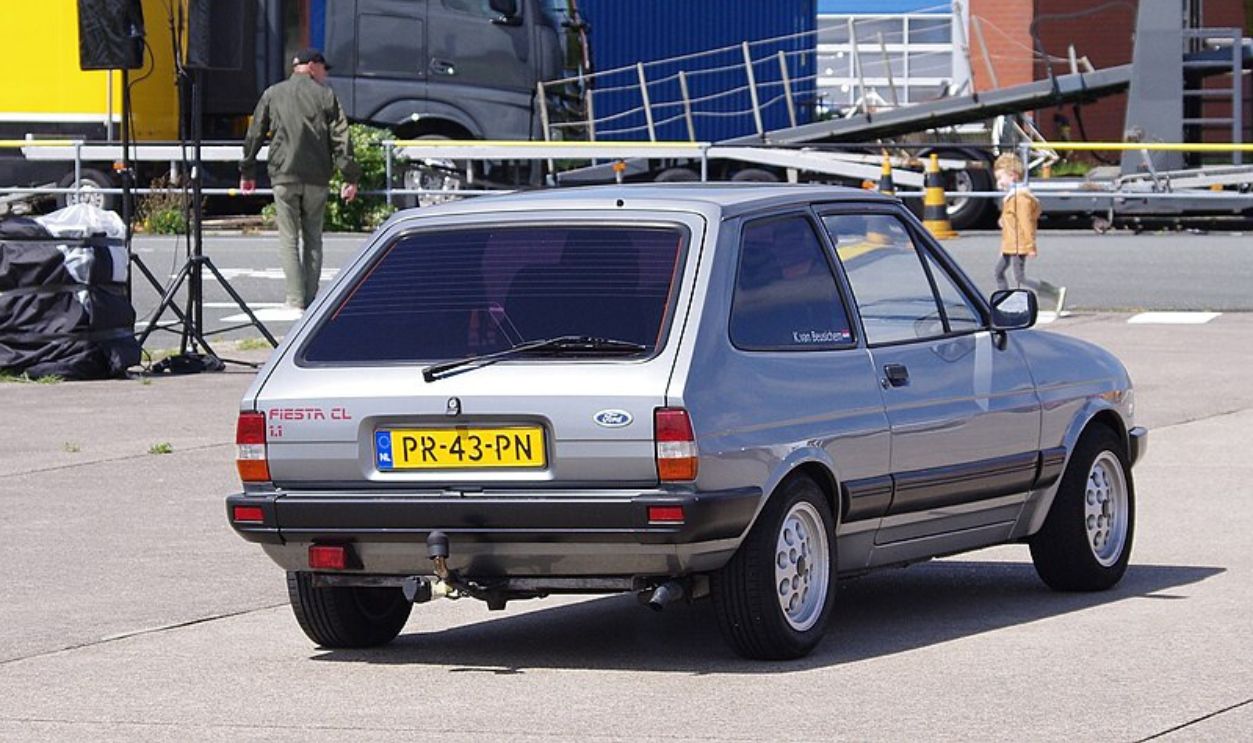 Rutger van der Maar, CC BY 2.0, Wikimedia Commons
Rutger van der Maar, CC BY 2.0, Wikimedia Commons
1983 Fiat X1/9
How about a classic Italian sports car? Manufactured from 1972 until 1989, the X1/9 was particularly noted for its mid-engine layout and targa top configuration. It showcased a two-door coupe with a wedge shape and sharp lines.
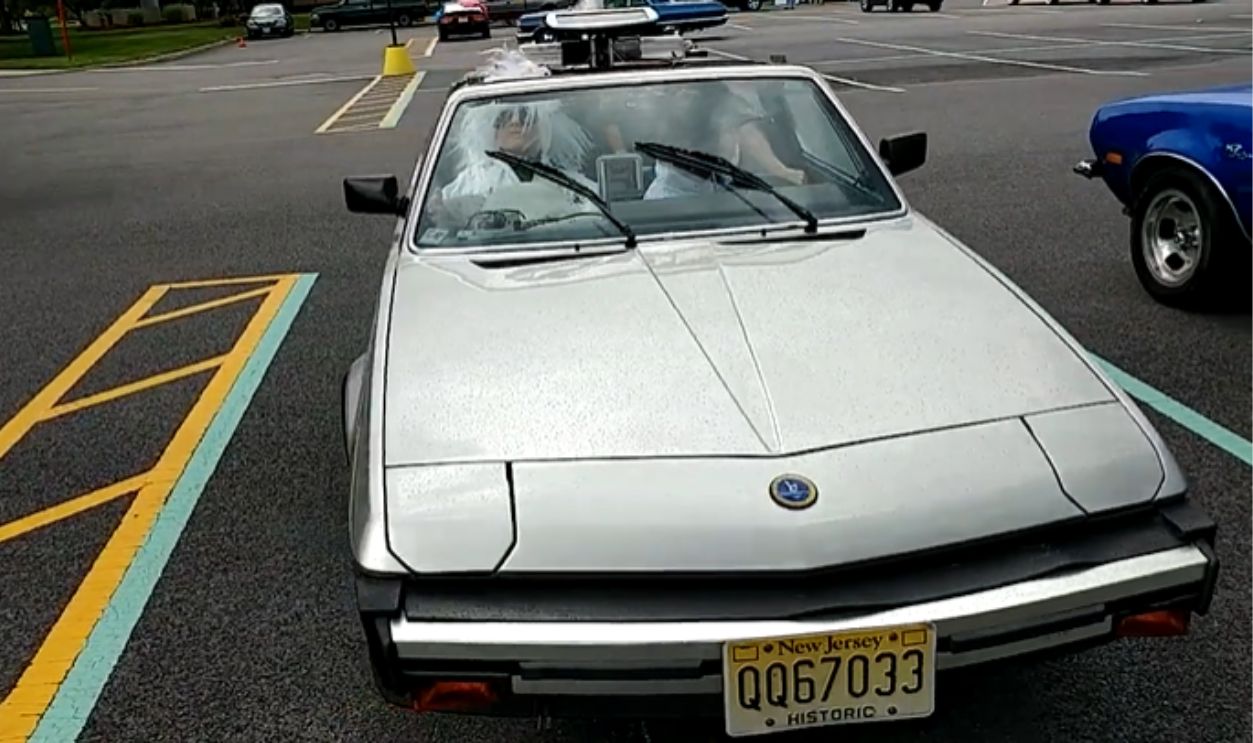 1983 BACK TO THE FUTURE BERTONE FIAT X19 by JW Burrell
1983 BACK TO THE FUTURE BERTONE FIAT X19 by JW Burrell
1983 Fiat X1/9 (Cont.)
So the car's design was developed by Bertone, an Italian design house. The 1983 model was set up with a 1.5-liter (1498 cc) inline-four engine that pumped out close to 84 horsepower (85 PS) at 6000 RPM.
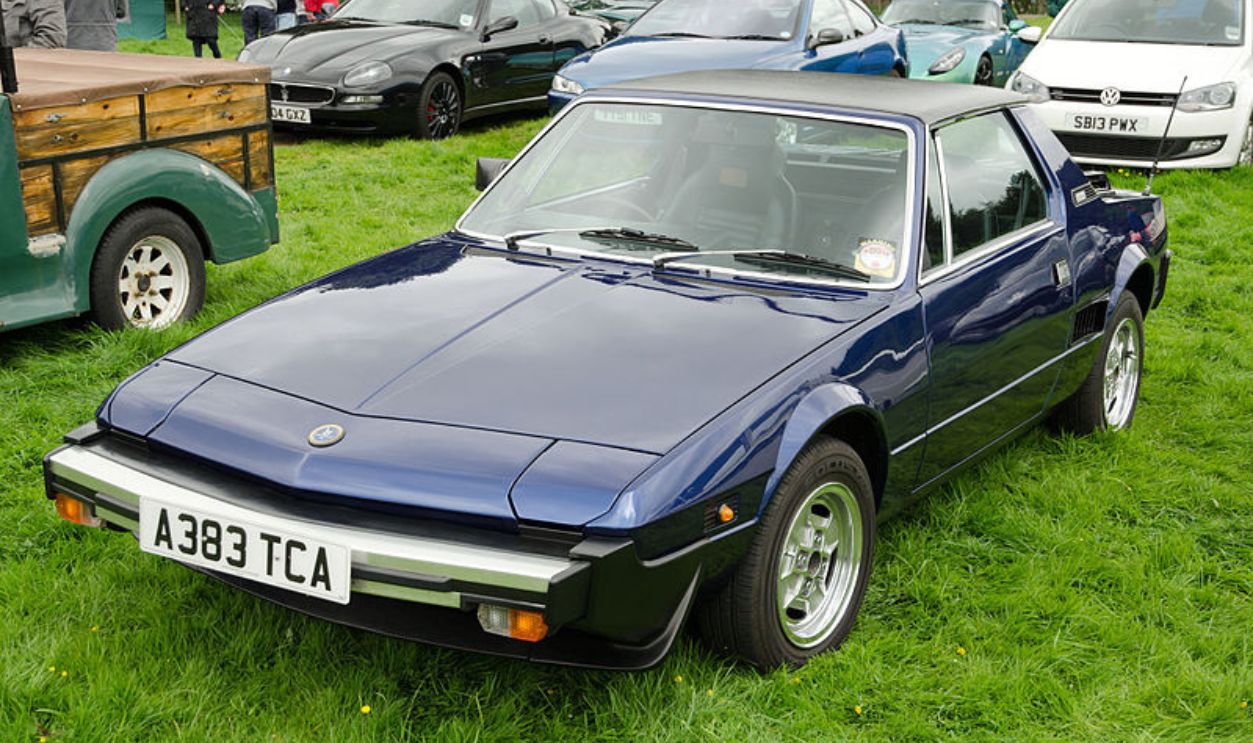 Steve Glover from Bolton, Lancs., England, CC BY 2.0, Wikimedia Commons
Steve Glover from Bolton, Lancs., England, CC BY 2.0, Wikimedia Commons
Volkswagen Beetle Type 1
You would surely agree that the Volkswagen Beetle, also called the Type 1 or T1, is one of the most iconic cars in automotive history. Initially conceived in the 1930s, it was designed to be an affordable "people's car". It was a popular choice for women's first car.
 Annie the Beetle | Owner Spotlight by Volkswagen USA
Annie the Beetle | Owner Spotlight by Volkswagen USA
Volkswagen Beetle Type 1 (Cont.)
It has a rounded shape and a rear-mounted air-cooled engine that makes it noticeable. The early models were powered by a 1.1-liter (1131 cc) engine that produced about 25 horsepower. Later versions had larger engines of 1300 cc, producing 40 hp.
 Jeremy from Sydney, Australia, CC BY 2.0, Wikimedia Commons
Jeremy from Sydney, Australia, CC BY 2.0, Wikimedia Commons
1980 Volkswagen Golf
In the history of compact cars, this is one standout model. The car was available in both three-door and five-door hatchback configurations. The Golf came with a 4-speed manual gearbox as standard, although some variants additionally had a 3-speed automatic.
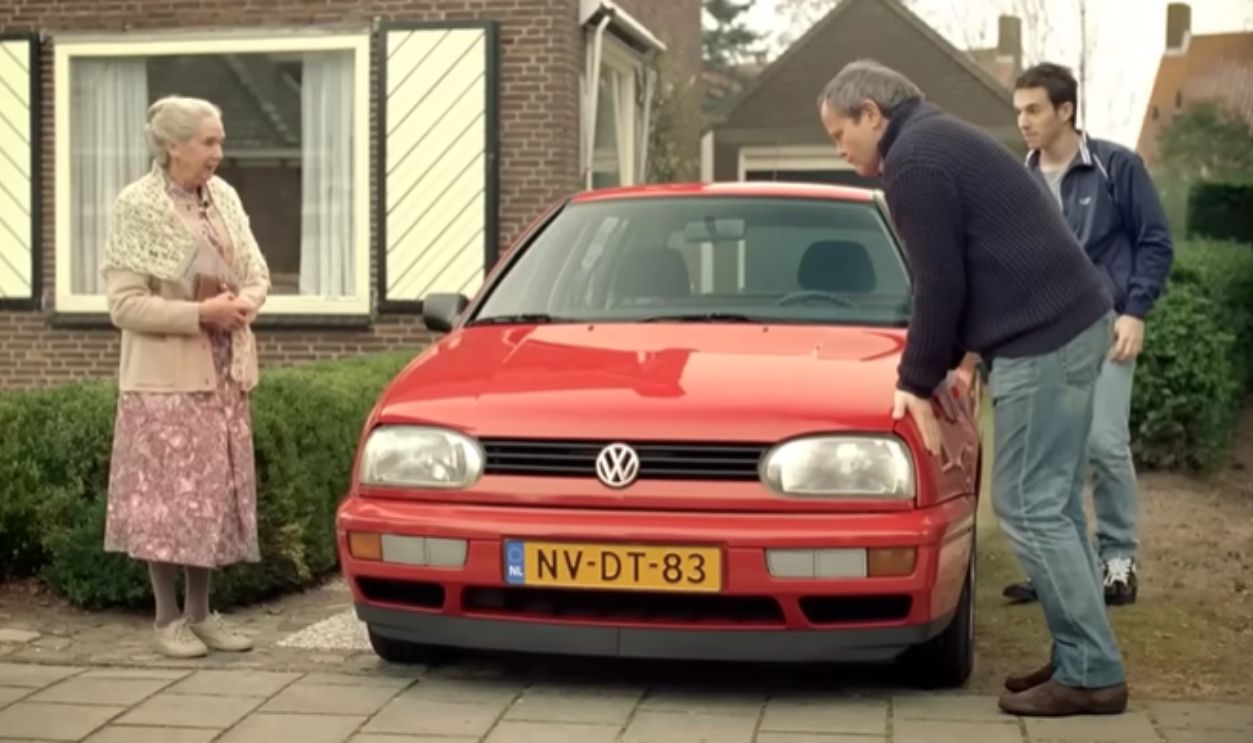 Buying a Volkswagen from an old lady... by Autoblog
Buying a Volkswagen from an old lady... by Autoblog
1980 Volkswagen Golf (Cont.)
Depending on the engine configuration, top speeds ranged from 90 mph (145 km/h) to around 98 mph (158 km/h). Also, the fuel consumption varied by engine type but generally was between 5.5 and 8.5 L/100 km.
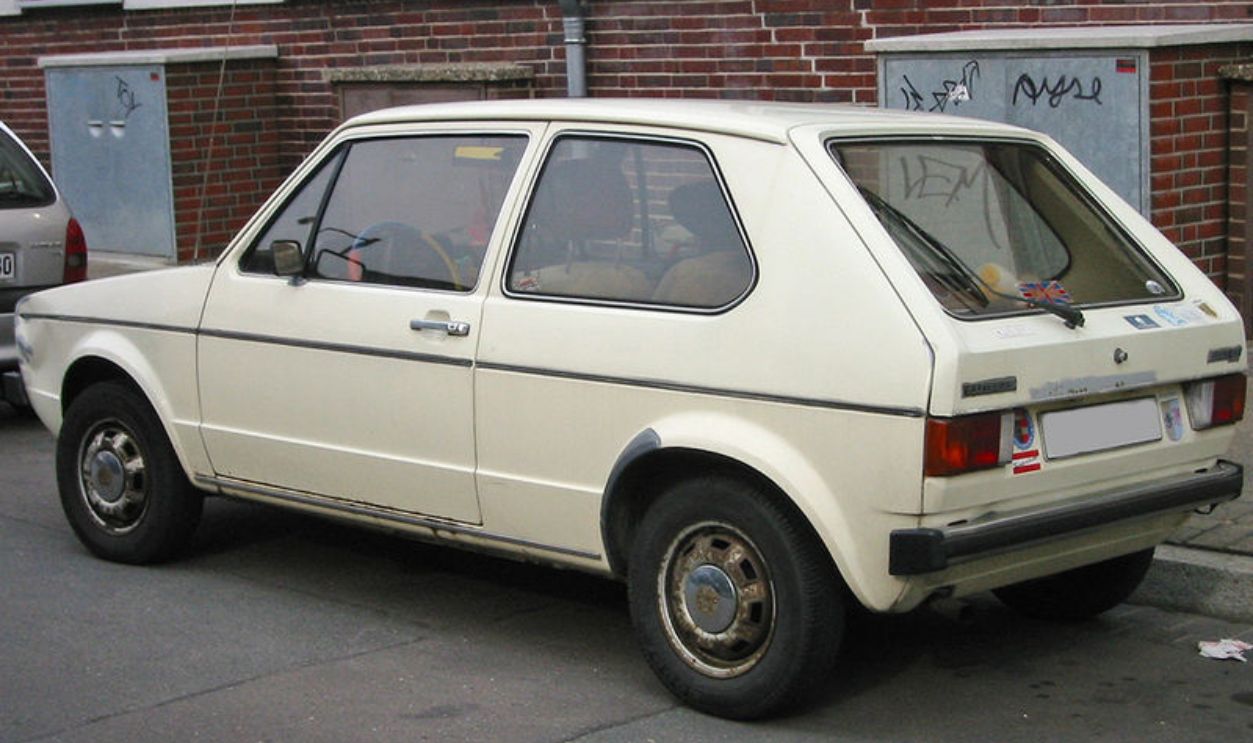 Sven Storbeck, CC BY-SA 3.0, Wikimedia Commons
Sven Storbeck, CC BY-SA 3.0, Wikimedia Commons
HMW FreeWay
A unique three-wheeled microcar created during the fuel crisis of the late 1970s and early 1980s, the HMV FreeWay was manufactured by High Mileage Vehicles, Inc. in 1980. Fuel prices were sky-high back then and this one was highly fuel efficient. So, smart women made smart choices.
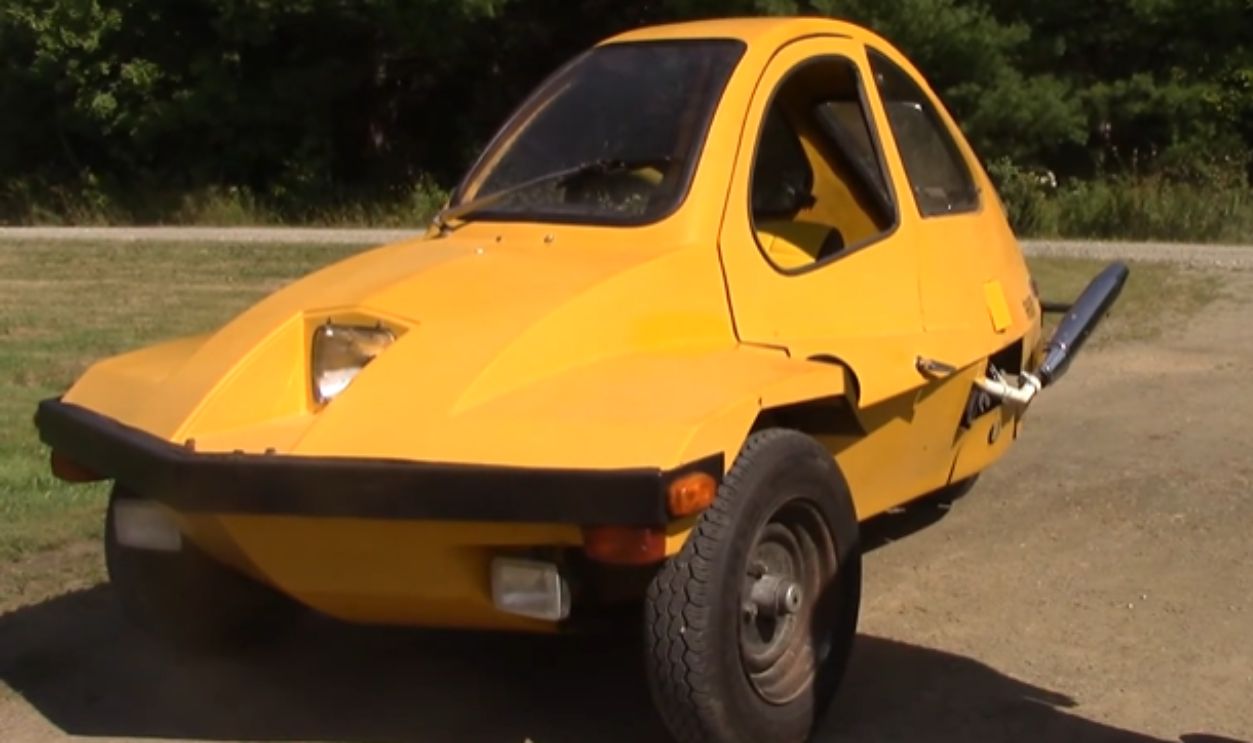 HM Freeway, 100 MPG American made in the 70s and early 80s by Peaceful Prepper
HM Freeway, 100 MPG American made in the 70s and early 80s by Peaceful Prepper
HMW FreeWay (Cont.)
A single-cylinder Tecumseh engine positioned in the back of the FreeWay produced about 12 horsepower in normal models. There was also a more powerful option that delivered 16 horsepower. The car also utilized a continuously variable transmission.
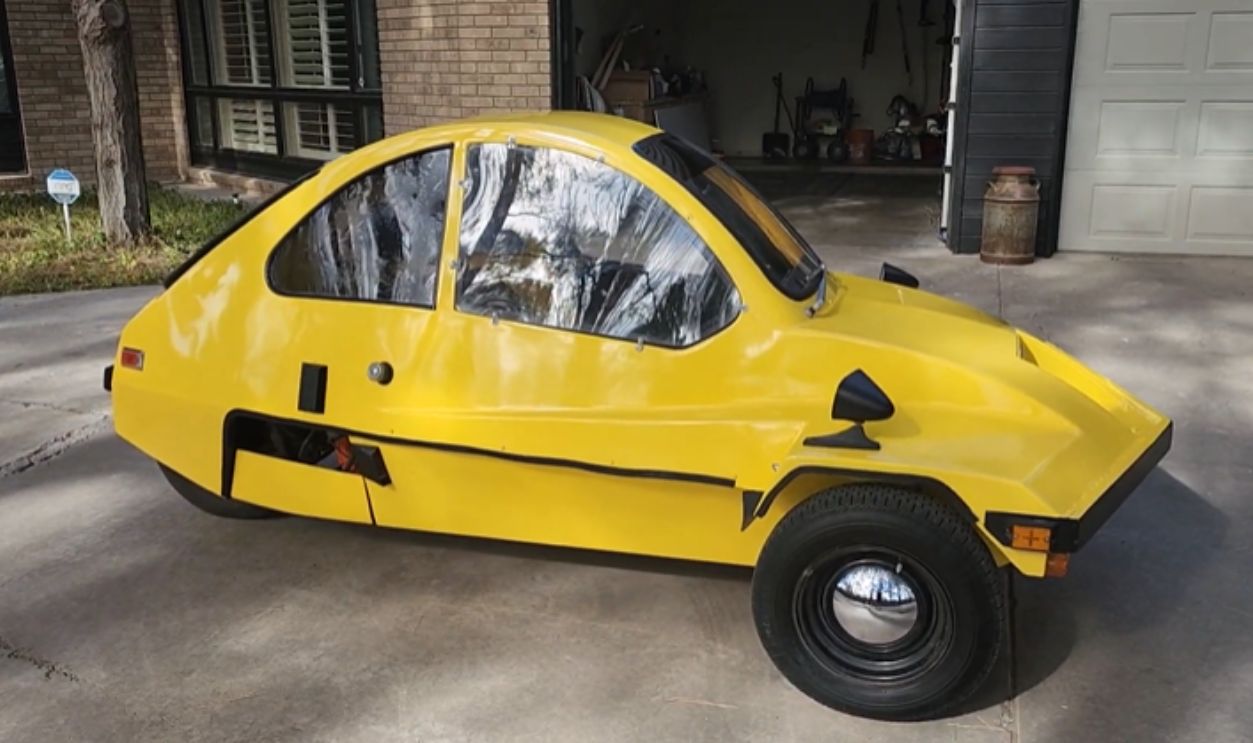 1981 HMV Freeway 3 Wheeled Motorcycle Car SOLD by Enduro America
1981 HMV Freeway 3 Wheeled Motorcycle Car SOLD by Enduro America
Class C Vauxhall Astra 1989
Based on the engine configuration, top speeds ranged from 90 mph (145 km/h) to around 110 mph (177 km/h) for higher-powered variants. The Astra was also known for its efficiency, with fuel consumption figures averaging around 35-50 mpg (UK).
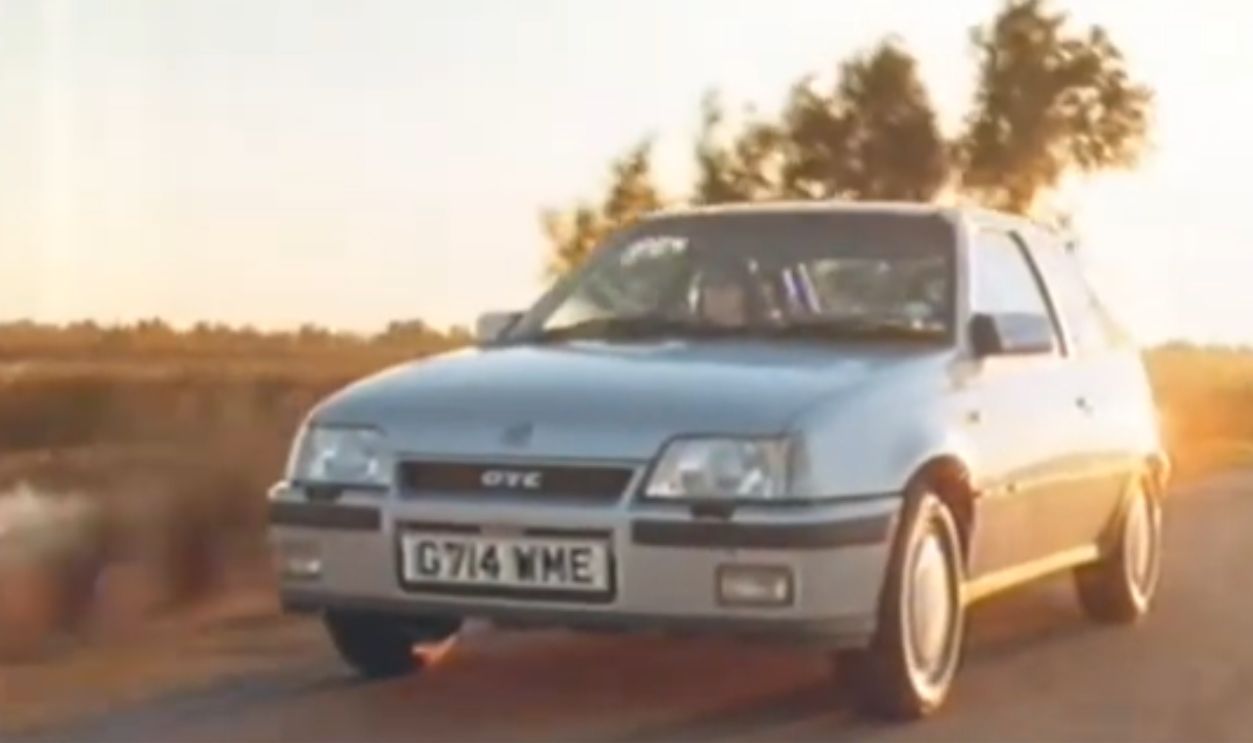 Vauxhall Astra Advert (1989) by Xanthein
Vauxhall Astra Advert (1989) by Xanthein
Class C Vauxhall Astra 1989 (Cont.)
The 1989 Astra was available in different body styles, like three-door and five-door hatchbacks and a five-door estate. One of its engine options was the stable 1.2-liter inline-four engine with 54 PS (40 kW) at 5,600 RPM.
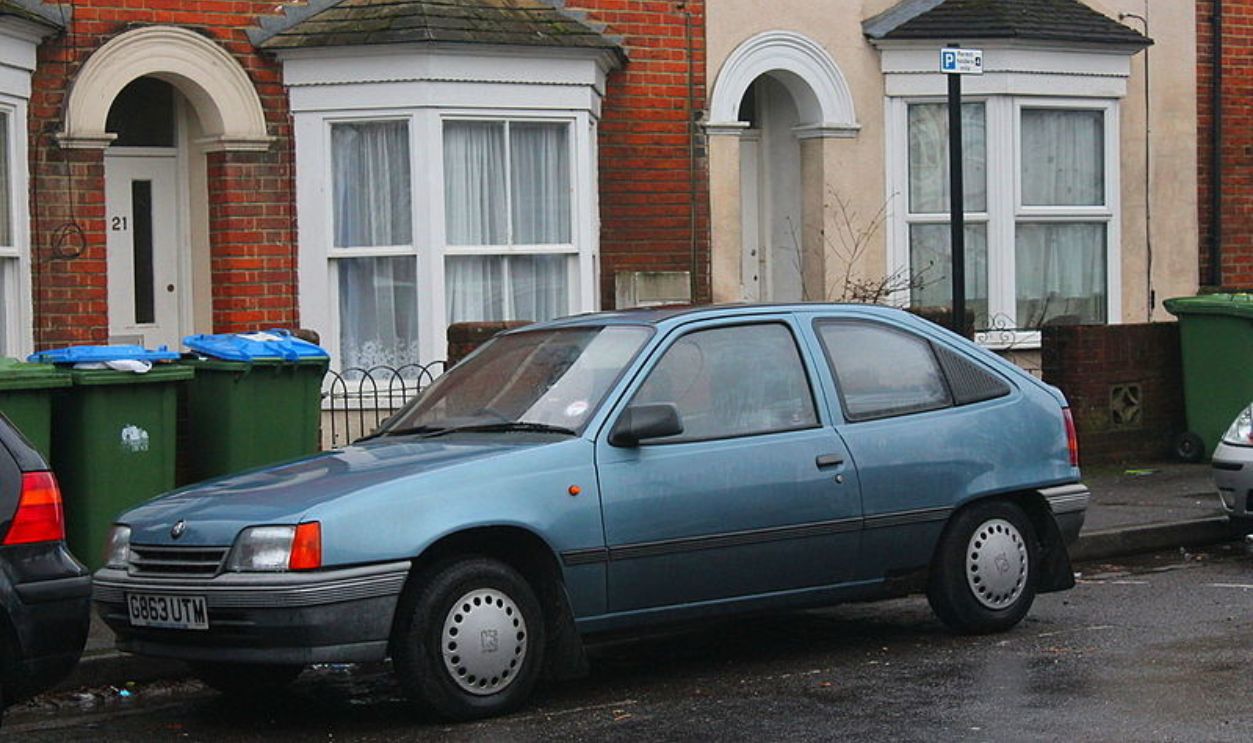 Charlie from United Kingdom, CC BY 2.0, Wikimedia Commons
Charlie from United Kingdom, CC BY 2.0, Wikimedia Commons
Opel Manta
Opel built the Manta, a classic tiny coupe, from 1970 to 1988. The Manta A, the first model, made its début in 1970 and was a hit for its aesthetics AND practicality. The Manta was presented with different inline-four engines. These included the 1.2-liter, which produced around 60 hp.
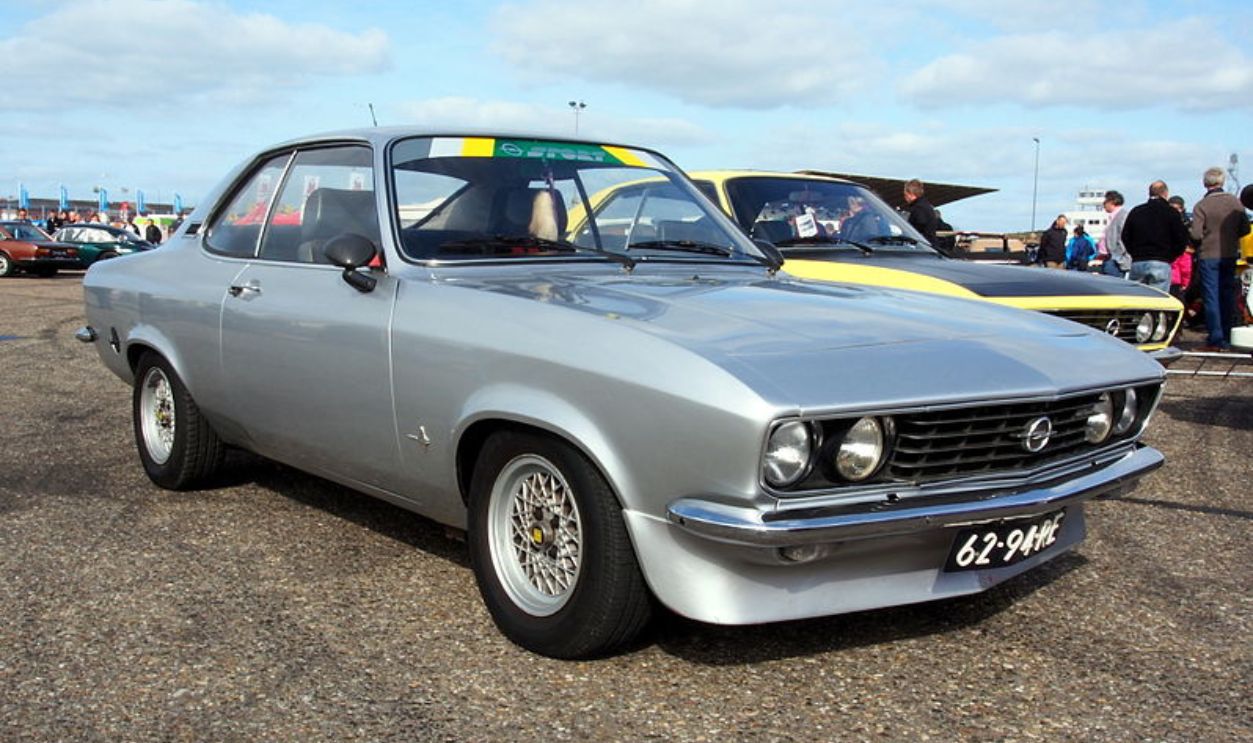 Alf van Beem, CC0, Wikimedia Commons
Alf van Beem, CC0, Wikimedia Commons
Opel Manta (Cont.)
Also, 1.6-liter engines with outputs varying from 75 to 90 hp and a 1.9-liter engine providing up to 105 hp in higher trims like the Manta GT/E. The standard transmission for this one was a 4-speed manual, with some models having automatic transmission options.
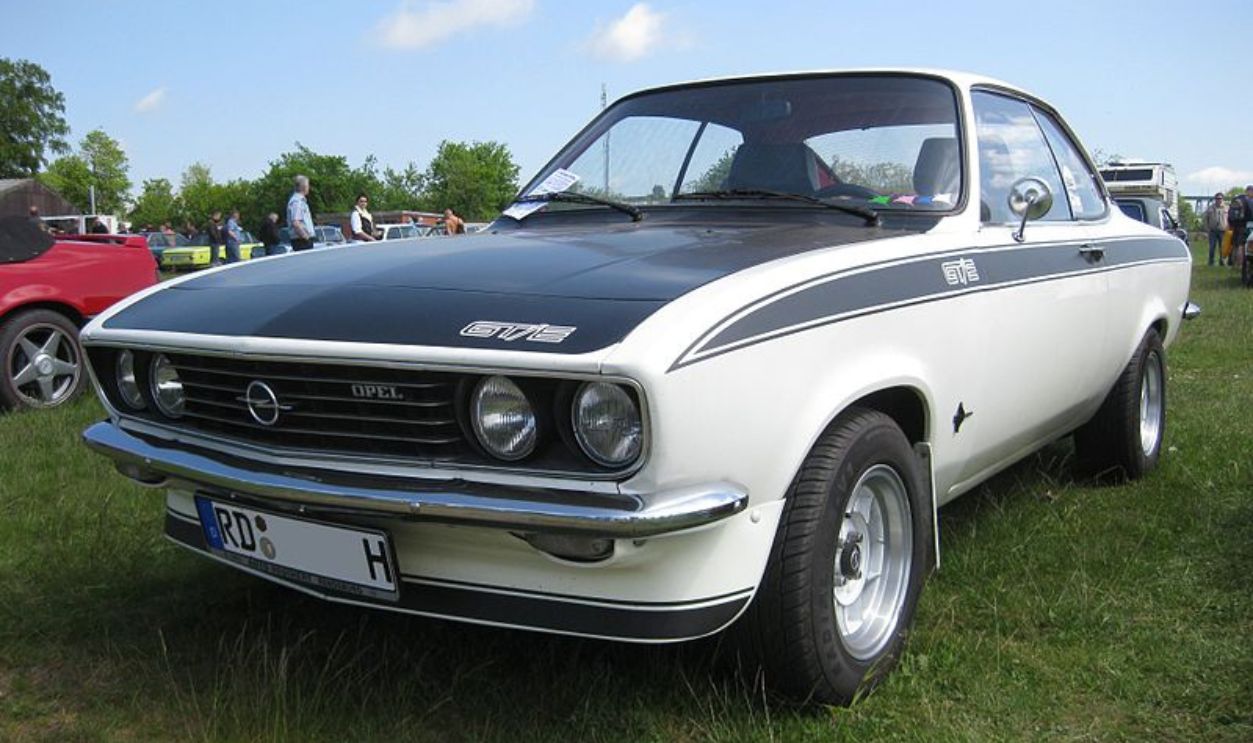 KarleHorn, CC BY-SA 3.0, Wikimedia Commons
KarleHorn, CC BY-SA 3.0, Wikimedia Commons
1970 Dodge Charger
This car had powerful engine options, including the 440 cubic inch V8 and the lovely Hemi V8, making it a great contender on the street and the racetrack. The model was celebrated for its speed and handling. It has also won many NASCAR races.
1970 Dodge Charger (Cont.)
Top speeds for this one ranged from 101 to 145 mph, depending on the engine and model. Plus, in terms of acceleration, the beautiful beast could go from 0 to 60 mph, varying between 4.8 and 14.2 seconds.
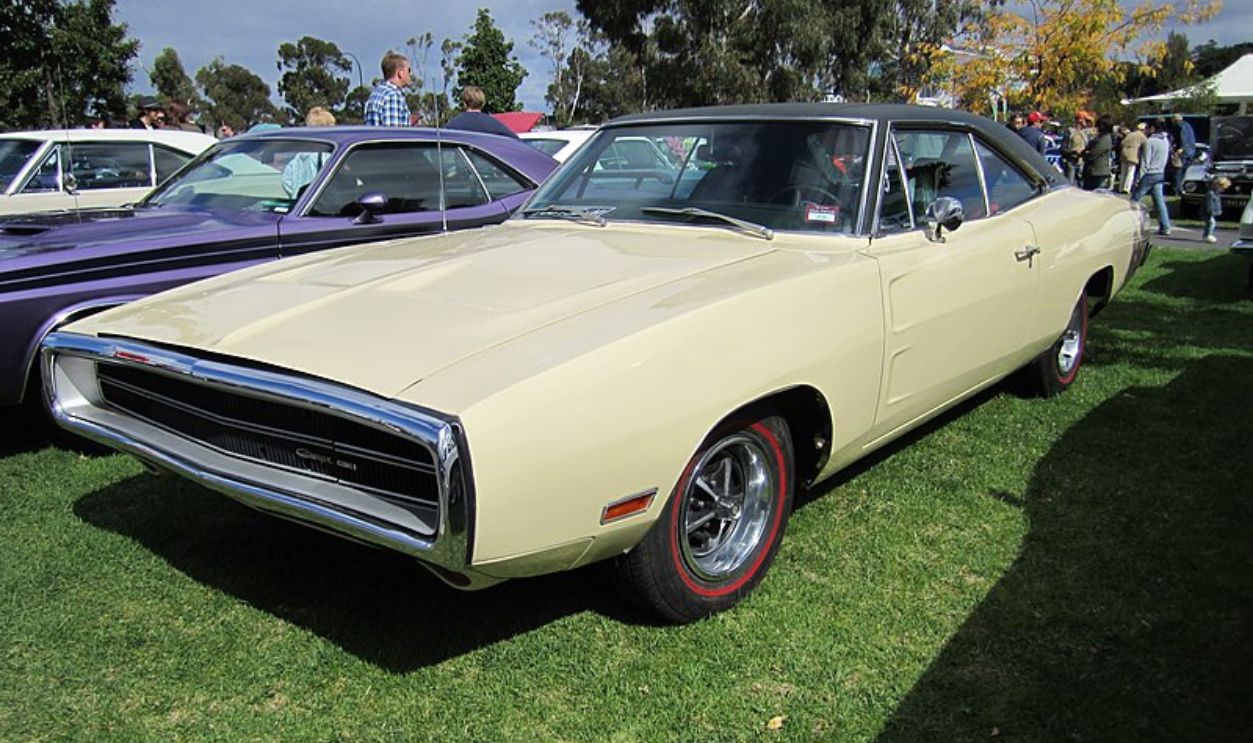 Sicnag, CC BY 2.0, Wikimedia Commons
Sicnag, CC BY 2.0, Wikimedia Commons
Mercedes-Benz 380SL
Another convertible—a luxury roadster that was part of the R107 series. The Mercedes-Benz 380SL showed off a two-door convertible layout with a removable hardtop. It was powered by a 3.8-liter (3818 cc) V8 engine, producing 218 horsepower at 5,500 RPM.
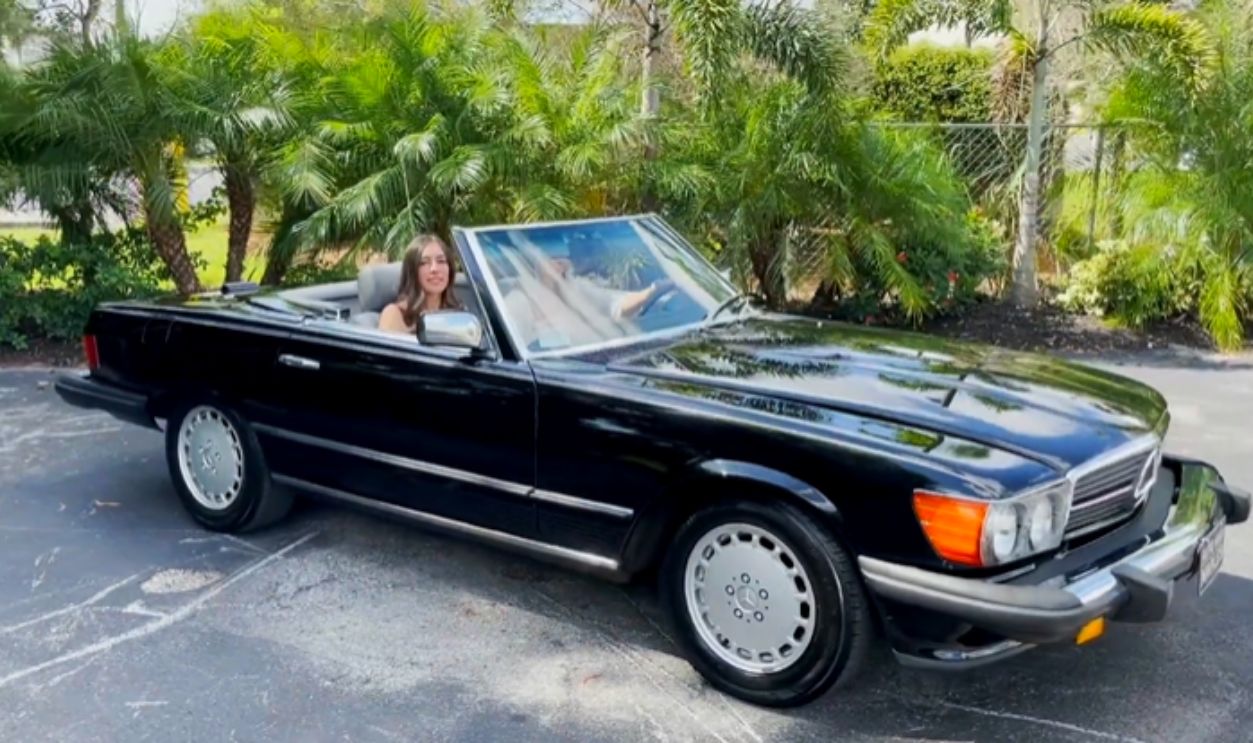 Beautiful R107 - 1983 Mercedes-Benz 380 SL (560 SL Tribute) by Autohaus of Naples
Beautiful R107 - 1983 Mercedes-Benz 380 SL (560 SL Tribute) by Autohaus of Naples
Mercedes-Benz 380SL (Cont.)
Regarding torque, it was approximately 224 lb-ft (304 nm) at 4,000 RPM, while the fuel system featured a Bosch mechanical fuel injection system. Plus, the car came paired with a smooth 4-speed automatic transmission.
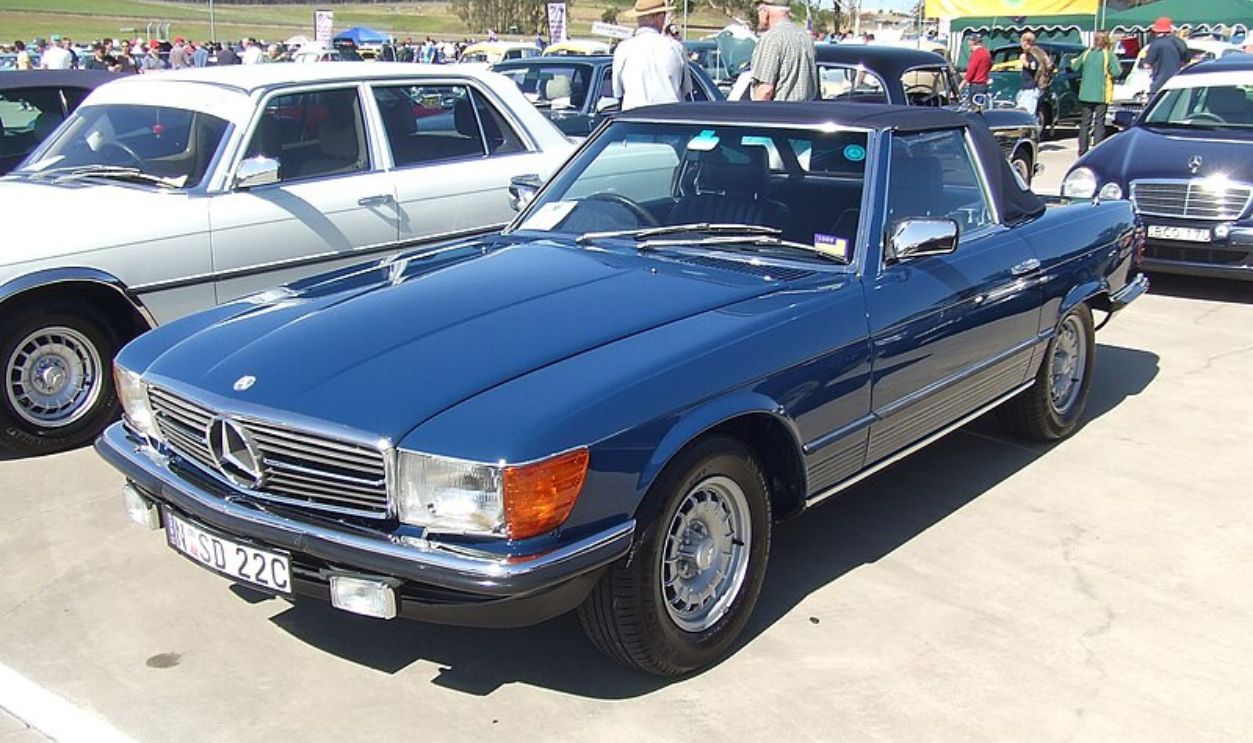 Jeremy from Sydney, Australia, CC BY 2.0, Wikimedia Commons
Jeremy from Sydney, Australia, CC BY 2.0, Wikimedia Commons
1989 Fiat Uno
Among the many engines available for the 1989 Fiat Uno was a 903 cc inline-4 engine that generated around 45 PS (33 kW) at 5,600 RPM and 66 nm of torque at 3,000 RPM. The Uno came with a 5-speed manual transmission.
 Fiat - Uno Knows No Limits Parking Lot Advert by Magnetic Memories
Fiat - Uno Knows No Limits Parking Lot Advert by Magnetic Memories
1989 Fiat Uno (Cont.)
In terms of dimensions, it measured about 3,700 mm (145.7 inches) in length, 1,570 mm (61.8 inches) in width, and around 1,410 mm (55.5 inches) in height. The wheelbase for the same was 2,370 mm, contributing to its stable handling characteristics.
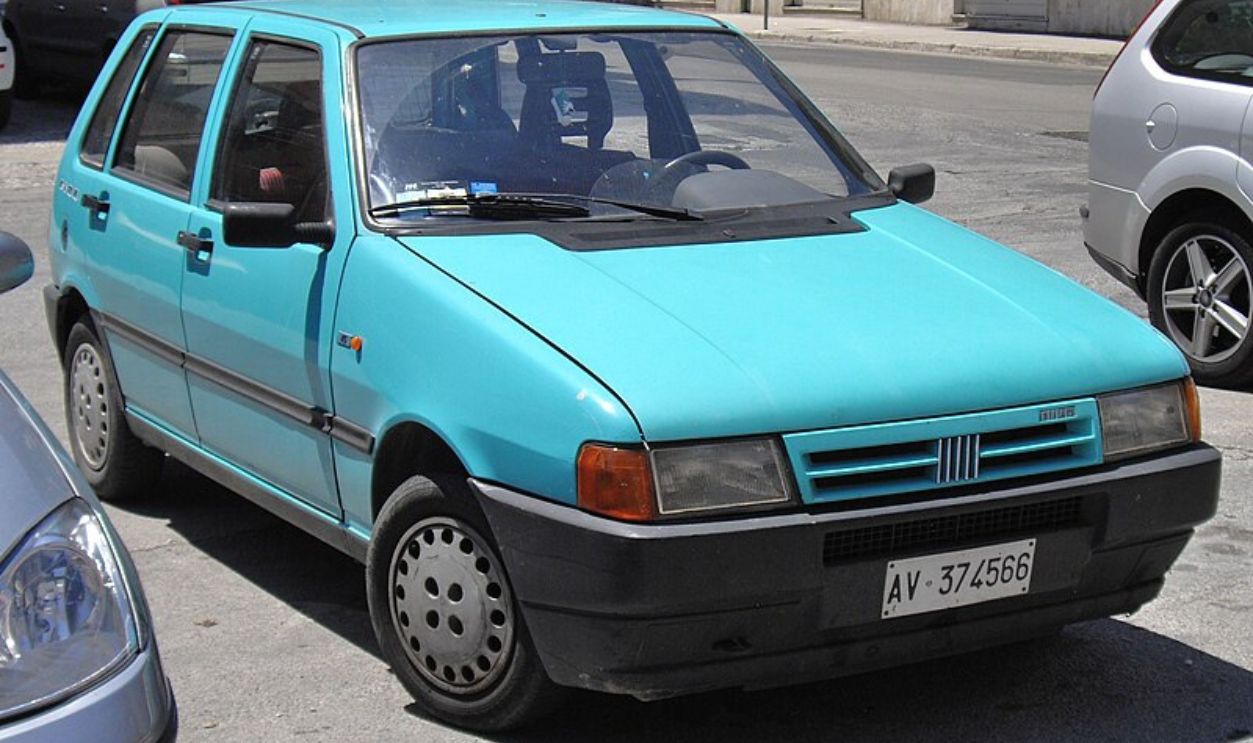 Corvettec6r, Wikimedia Commons
Corvettec6r, Wikimedia Commons
Ferrari Dino 246 GT
This car made heads turn. And a lady driving it—made them stop on their tracks. The Dino was a competitive sports vehicle of its era, with a top speed of about 238–243 km/h. It took between 6.1 and 7.5 seconds to go from 0 to 60 miles per hour.
Ferrari Dino 246 GT (Cont.)
The 2.4-liter (2418 cc) V6 engine propels the Dino 246 GT, which is esteemed for its smooth operation and great revving capacity. It gave approximately 195 PS (192 bhp) at 7600 RPM, delivering a torque of about 225 nm (166 lb-ft) at 4800 RPM.
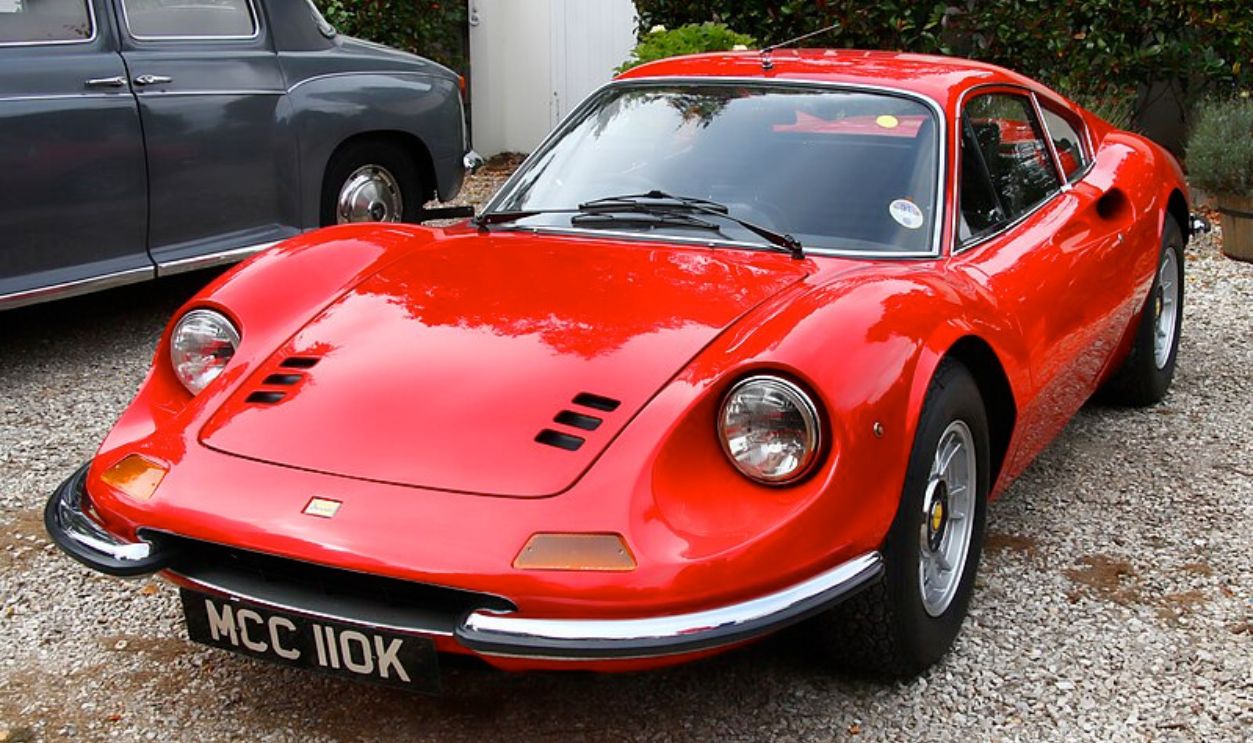 Brian Snelson, CC BY 2.0, Wikimedia Commons
Brian Snelson, CC BY 2.0, Wikimedia Commons
Volkswagen Karmann Ghia Convertible
Early models of this car had a 1.2-liter (1200 cc) engine that produced around 34 hp. Later models, particularly in the 1970s, offered their buyers a 1.6-liter (1585 cc) engine that gave out 46 hp at 4000 RPM.
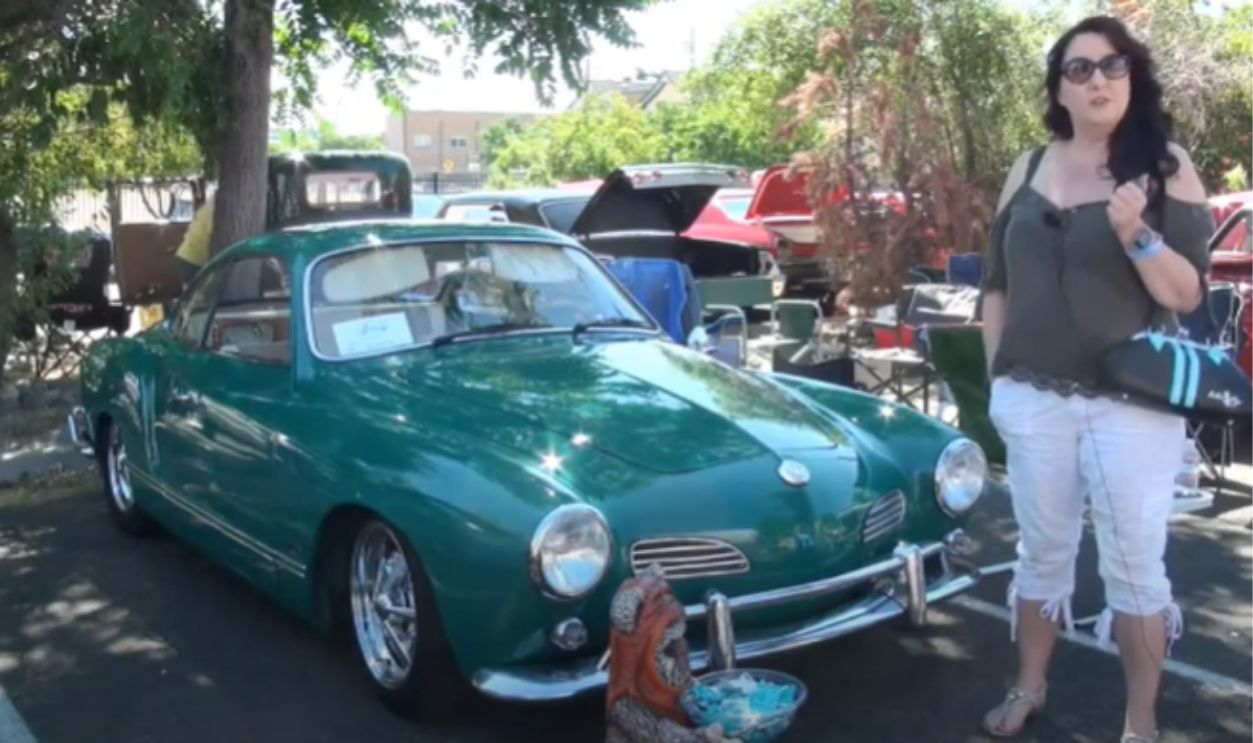 1964 Karmann Ghia from the Women With Wheels Car Show by Teresa's Garage Radio Show
1964 Karmann Ghia from the Women With Wheels Car Show by Teresa's Garage Radio Show
Volkswagen Karmann Ghia Convertible (Cont.)
Although it varied by model, the top speed often fell between 75 mph (120 km/h) and about 80 mph (128 km/h). In precisely 27 seconds, the Karmann Ghia could go from 0 to 60 miles per hour.
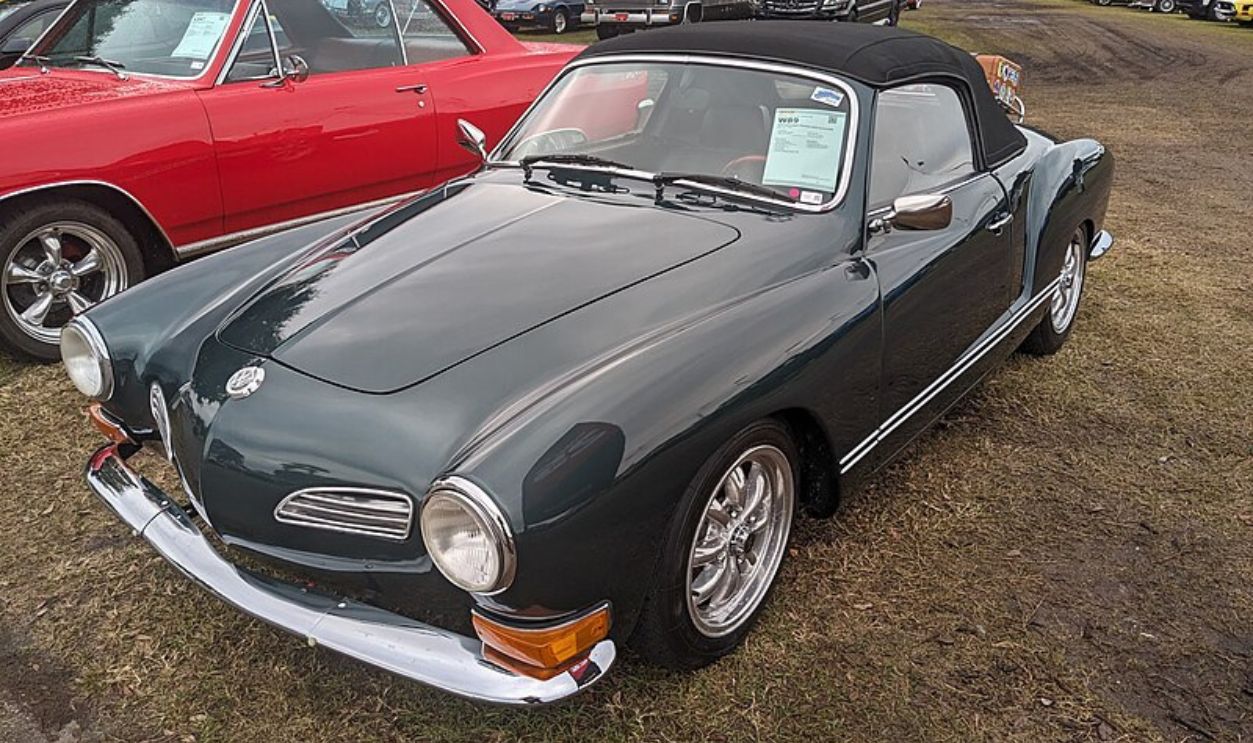 Pokemonprime, CC BY 4.0, Wikimedia Commons
Pokemonprime, CC BY 4.0, Wikimedia Commons
1970 Alfa Romeo Duetto
Also known as the Alfa Romeo Spider, the Duetto was produced from 1966 until 1994, with the 1970 model being part of the first generation (Series 1). Aldo Brovarone and Battista Pininfarina designed this gorgeous car. The wind in the hair and the sense of freedom can be why ladies adored it.
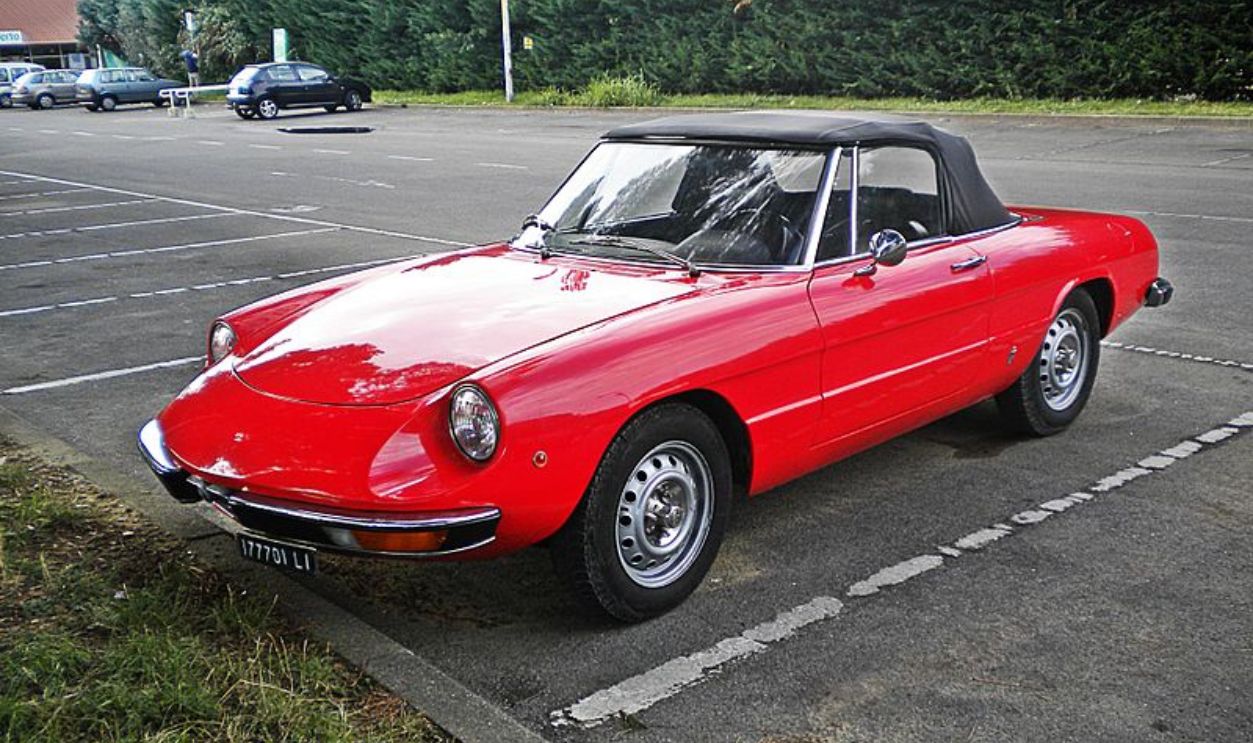 Massimilianogalardi, CC BY-SA 3.0, Wikimedia Commons
Massimilianogalardi, CC BY-SA 3.0, Wikimedia Commons
1970 Alfa Romeo Duetto (Cont.)
A 1.6-liter (1570 cc) inline-four engine fueled the 1970 Duetto. At 6000 RPM, it made nearly 109 PS (108 horsepower) and 139 nm (102 lb-ft) of torque, outfitted with a manual transmission with five speeds.
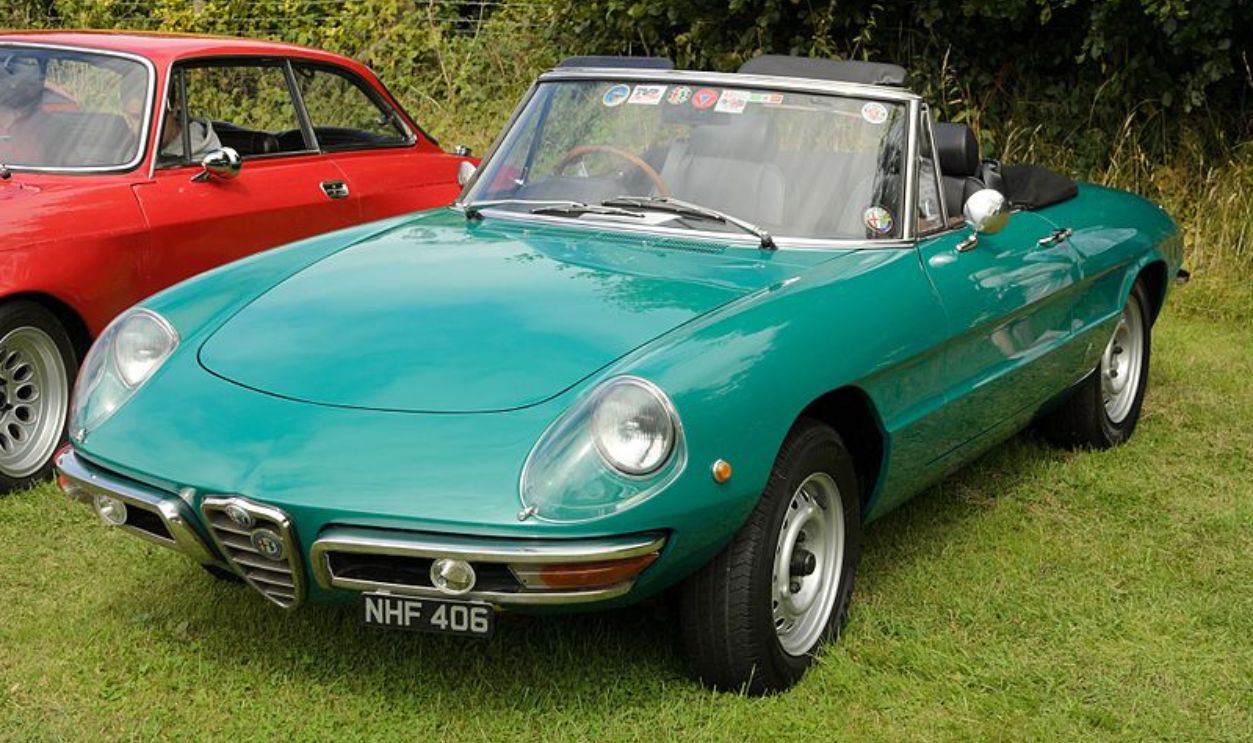 SG2012, CC BY 2.0, Wikimedia Commons
SG2012, CC BY 2.0, Wikimedia Commons
Alfa Romeo GT 1300 Junior
With a two-door coupe, the Alfa Romeo GT 1300 Junior was part of the 105 Series. The drivetrain of the GT 1300 Junior was a 1.3-liter (1290 cc) inline-four. This beast had a distinctive black grille with a single horizontal chrome bar on its surface.
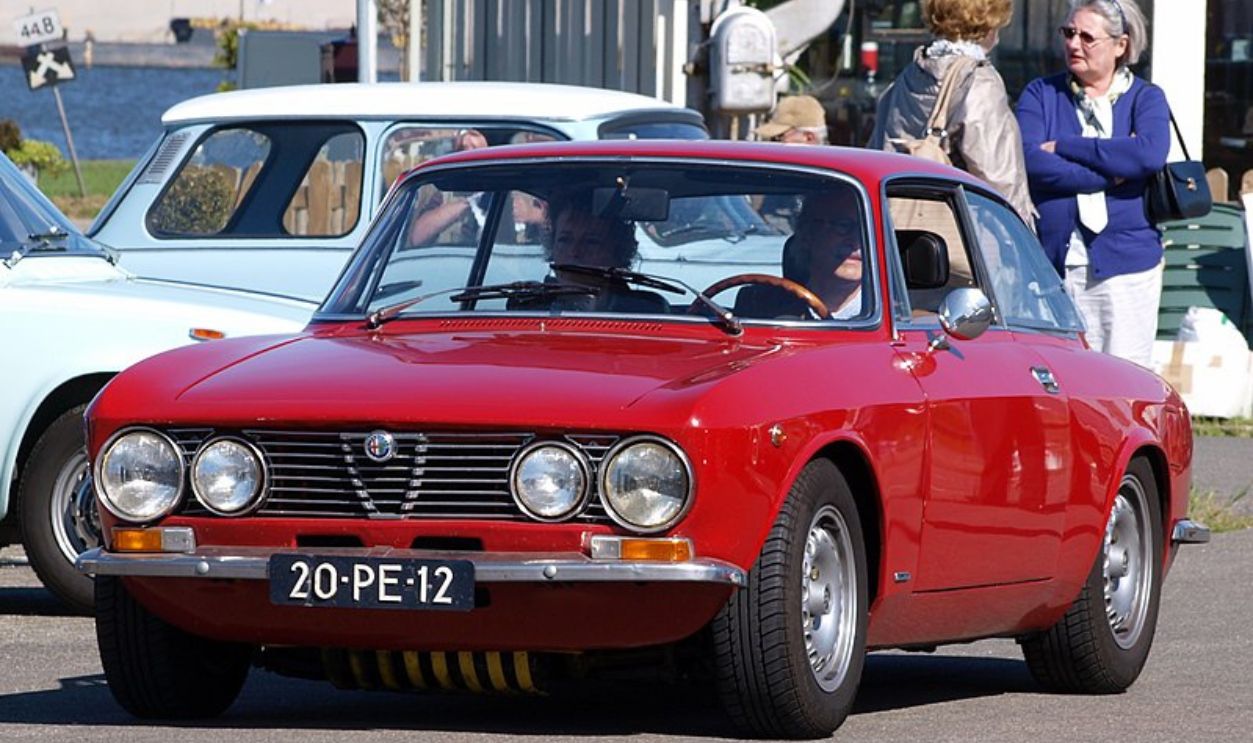 AlfvanBeem, CC0, Wikimedia Commons
AlfvanBeem, CC0, Wikimedia Commons
Alfa Romeo GT 1300 Junior (Cont.)
Inside the automobile, you would find a padded vinyl dashboard with round gauges for speed, a tachometer, and auxiliary instruments. In terms of weight, the GT 1300 Junior had a curb weight of around 930 kg with a wheelbase of around 2350 mm. It was still compact enough for the city and its people.
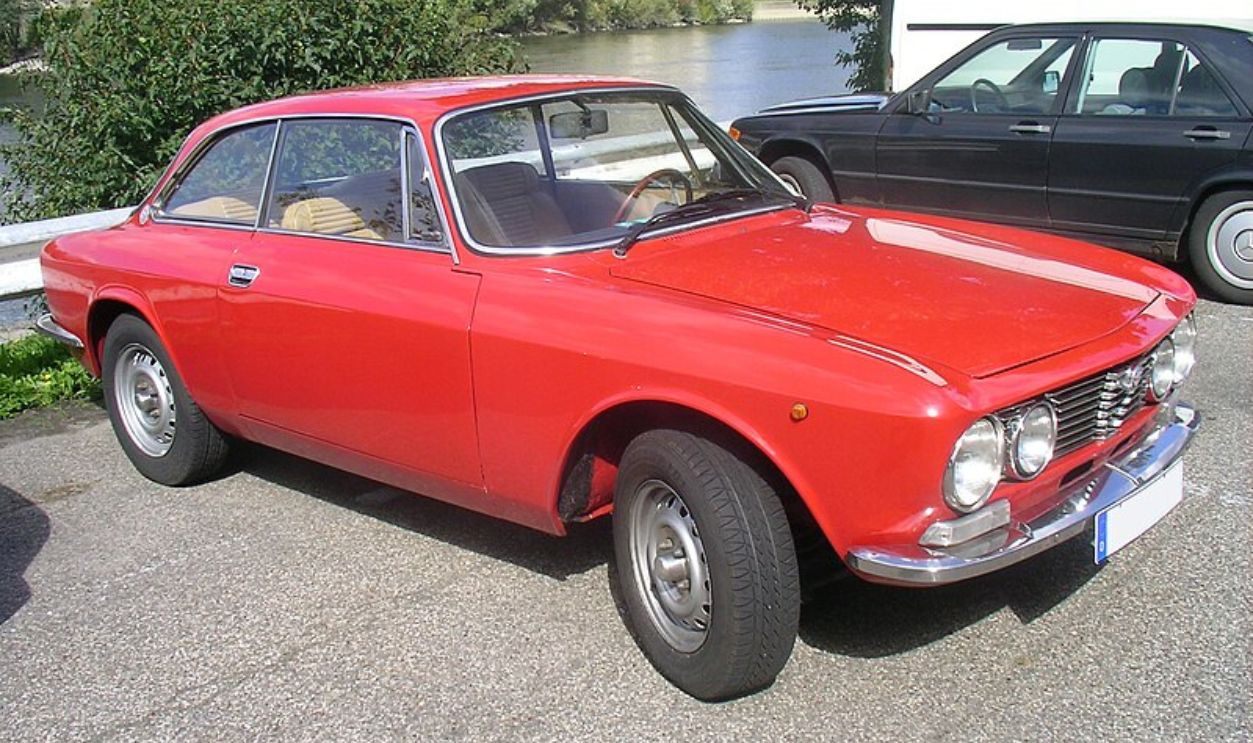 Robotriot, CC BY-SA 3.0, Wikimedia Commons
Robotriot, CC BY-SA 3.0, Wikimedia Commons


